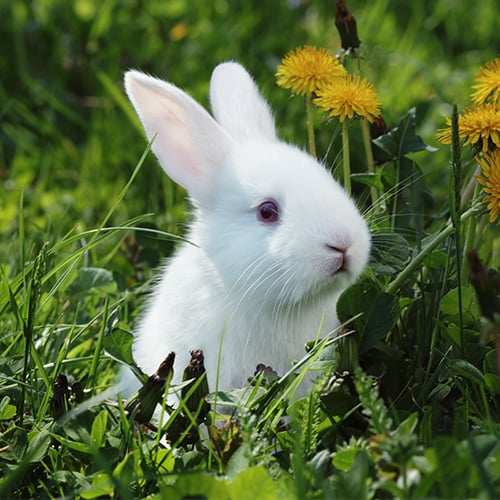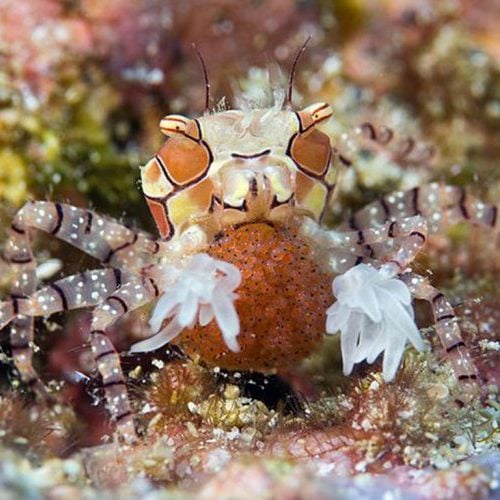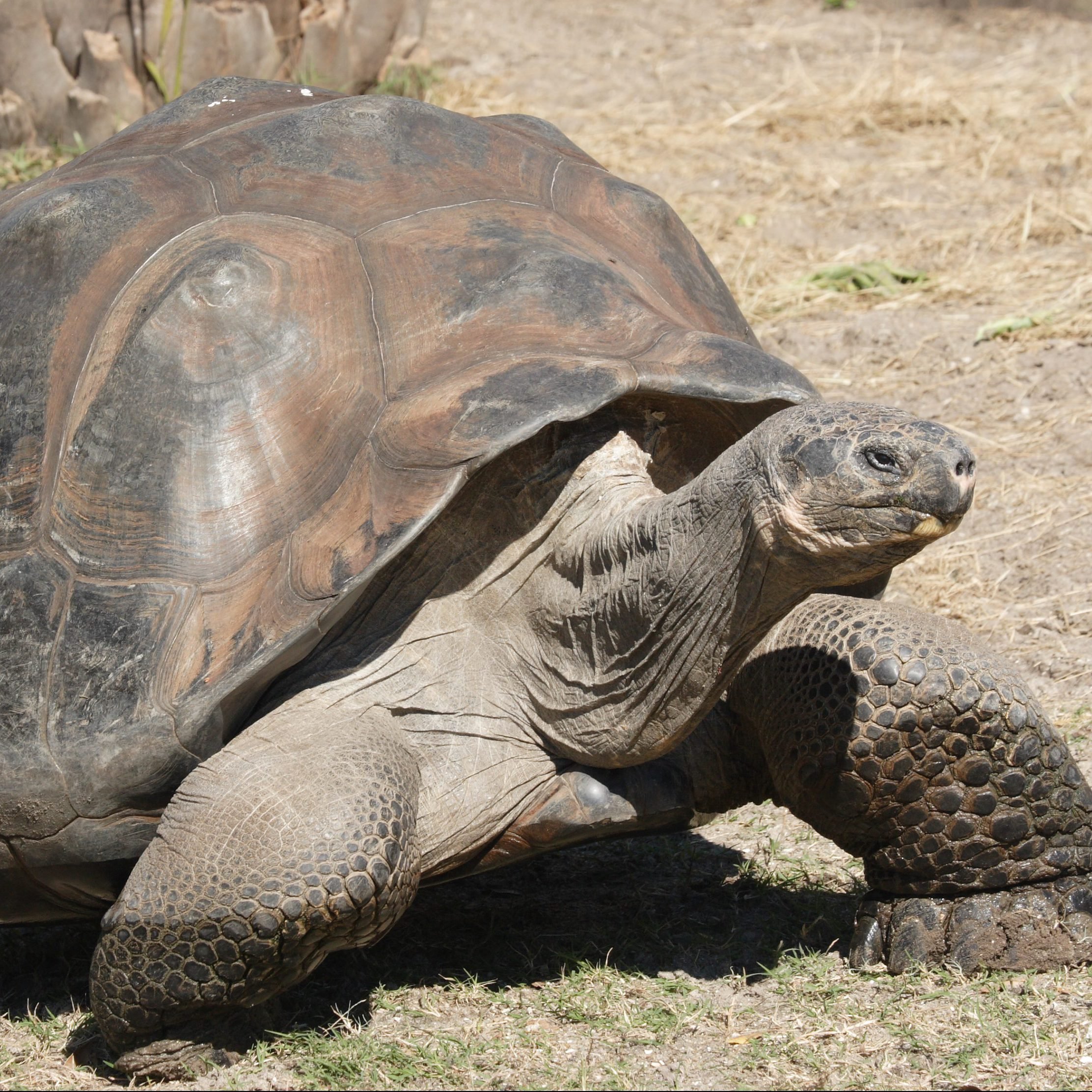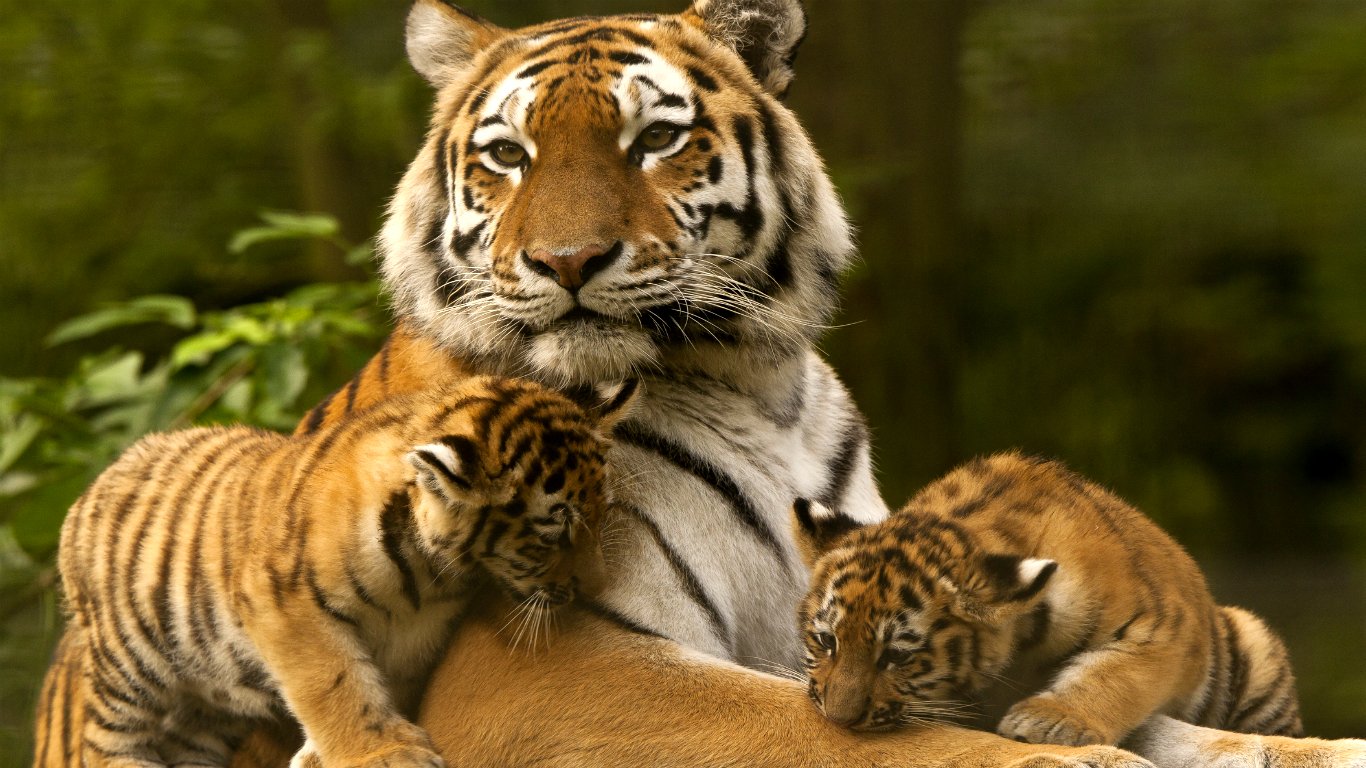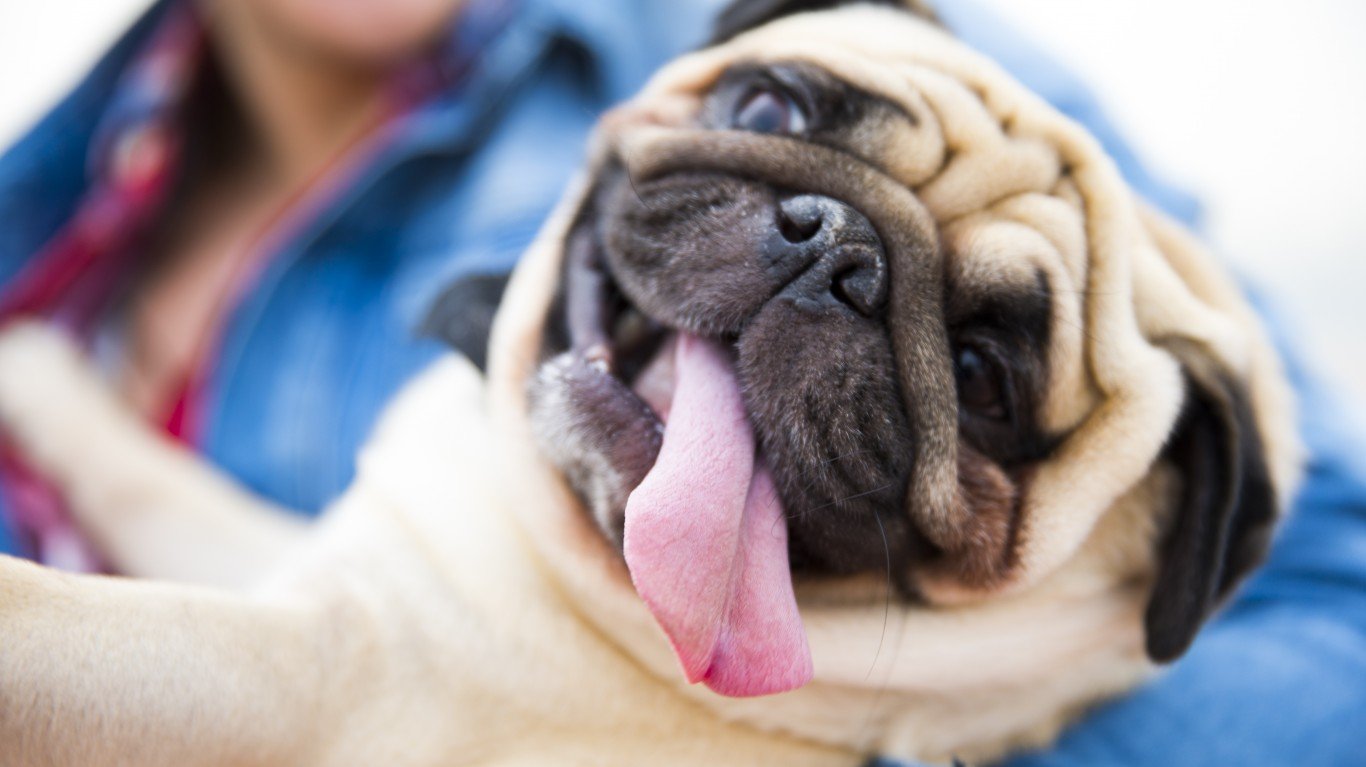

Americans love dogs. The American Veterinary Medical Association reports that over 48 million American households have one, and many have more than one.
Having a dog can be expensive. The cost of dog ownership runs between $1,500 and $9,500 a year, according to one estimate. This generally includes the cost of food, toys, and trips to the vet. Puppies also can be expensive. Depending on the breed, a puppy can cost over $1,000, and some cost considerably more. An Afghan Hound of show dog quality, for instance, might run as much as $2,500 – and Afghan Hounds are considered the most difficult dog breed in America.
Dogs are often picked by breed characteristics. Some dogs are good with families and children. Some are good guard dogs. Some are good hunters. Some can spend most, if not all, of the time indoors. The American Kennel Club has gone so far as to have a section of its website where people can compare breeds based on size, life expectancy, and even how hard or easy they are to train. (These are the hardest dog breeds to train.)
Another measure of breeds is intelligence, which dog experts do not agree upon.
Canine psychologist Stanley Coren rates dog breeds according to three kinds of intelligence: instinctive (natural skills or abilities), adaptive (ability to think independently and solve problems), and obedient and work (how obedient a dog is and how quickly it can learn commands).
The dog information website the Smart Canine considers the last of these to be the most objective and easily measured, though it notes that a breed that might not score well for obedience and learning commands might excel in instinctive and adaptive intelligence.
An article on the site called 35 Least Intelligent Dog Breeds & Why They’re Actually Not Dumb Dogs points out that some breeds not considered to be intelligent may simply be “aloof” and not interested in obeying commands. Its list of dumbest dogs relies on how many times a command has to be repeated before the dog understands. Another criterion is whether a dog can understand a known command the first time it is given.
When tested by Dr. Coren, the dogs on Smart Canine’s list required between 40 and 80 repetitions to learn a new command. (On the other hand, these are the smartest dog breeds in America.)
Click here to see the 35 of the most difficult dog breeds in America
Based on these metrics, the most difficult dog breed is the Afghan Hound. This breed does have some attractive characteristics. The American Kennel Club describes them as royal, magnificent, and independent. That independence may be what hurts their score – and in the listing of positive and negative qualities for dogs that follows, note that “independence” may appear under both headings.
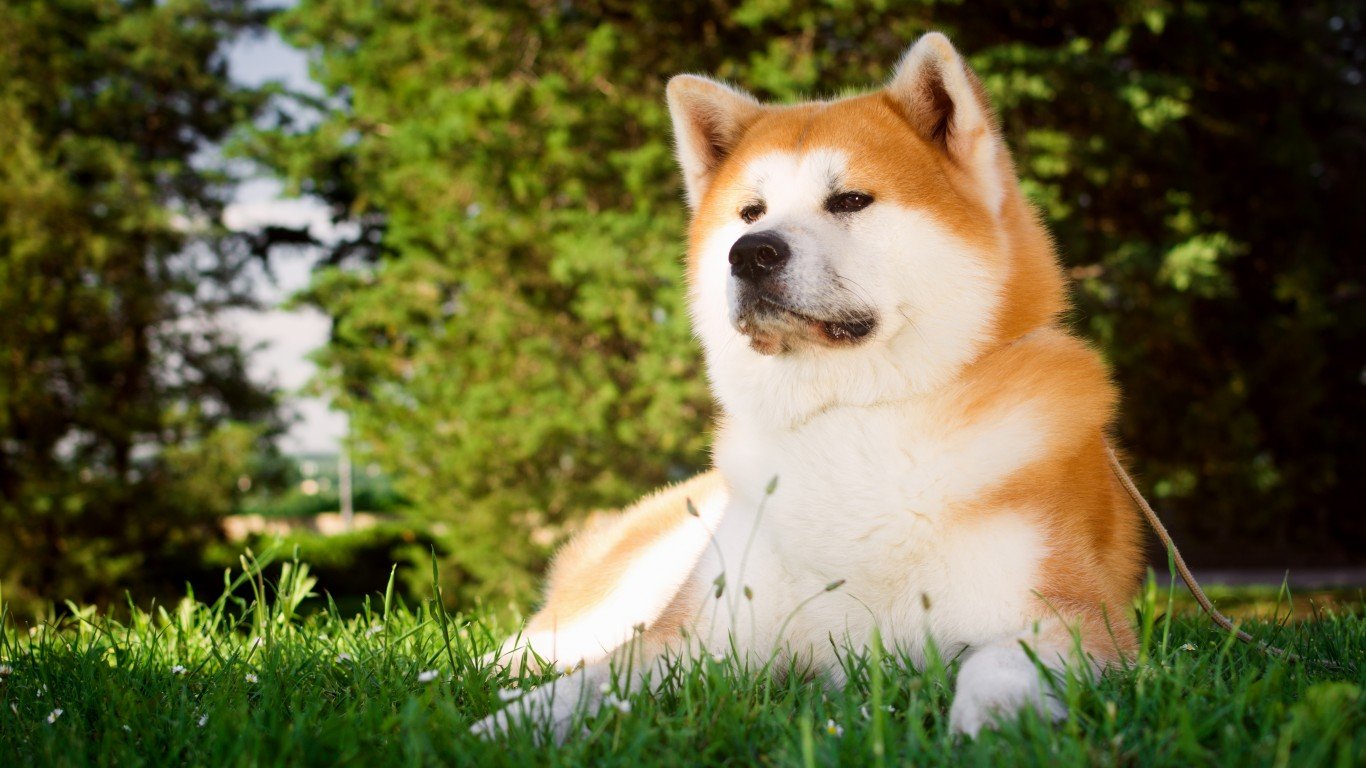
35. Akita Inu
> Positive qualities: Faithful, reserved, vigilant
> Negative qualities: Independent, responds to obedience training only from those it trusts
[in-text-ad]
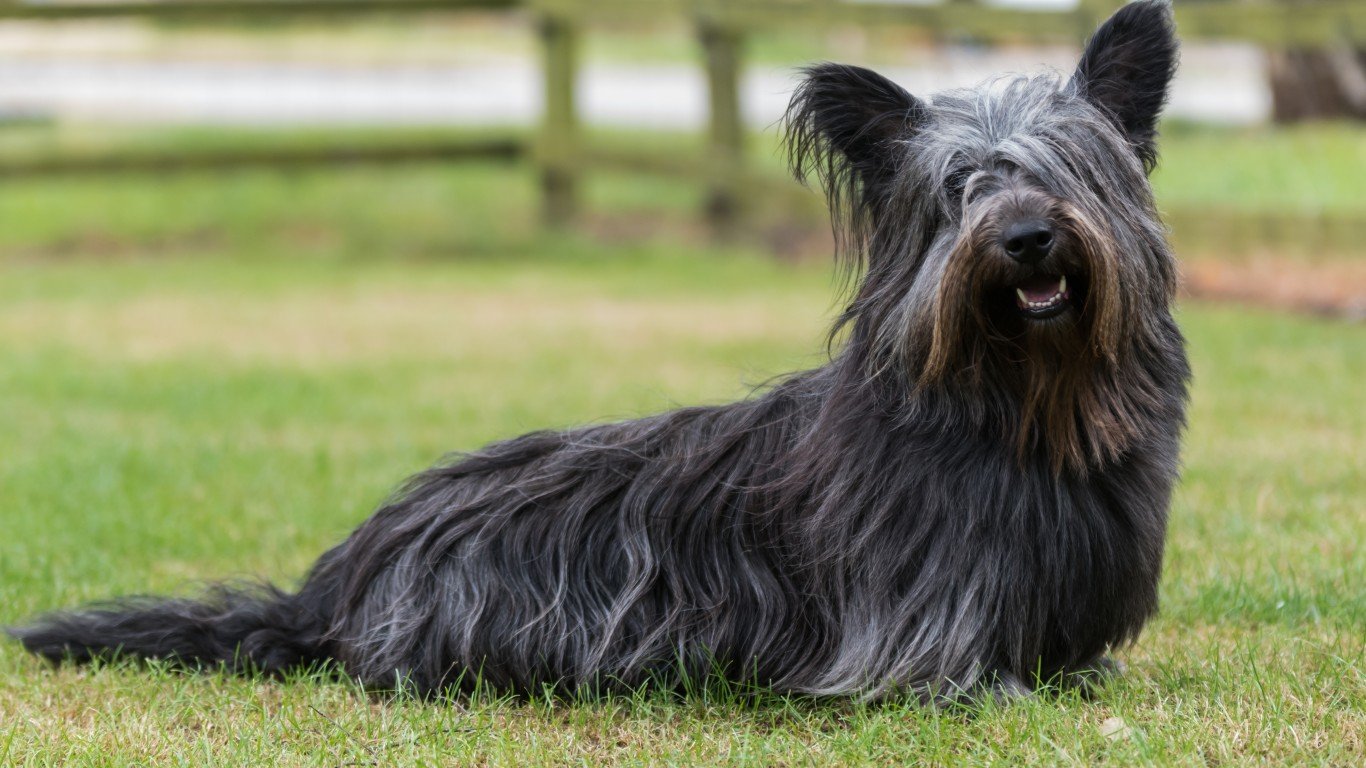
34. Skye Terrier
> Positive qualities: Devoted, happy, good-tempered
> Negative qualities: Needs extra attention, can be difficult to train
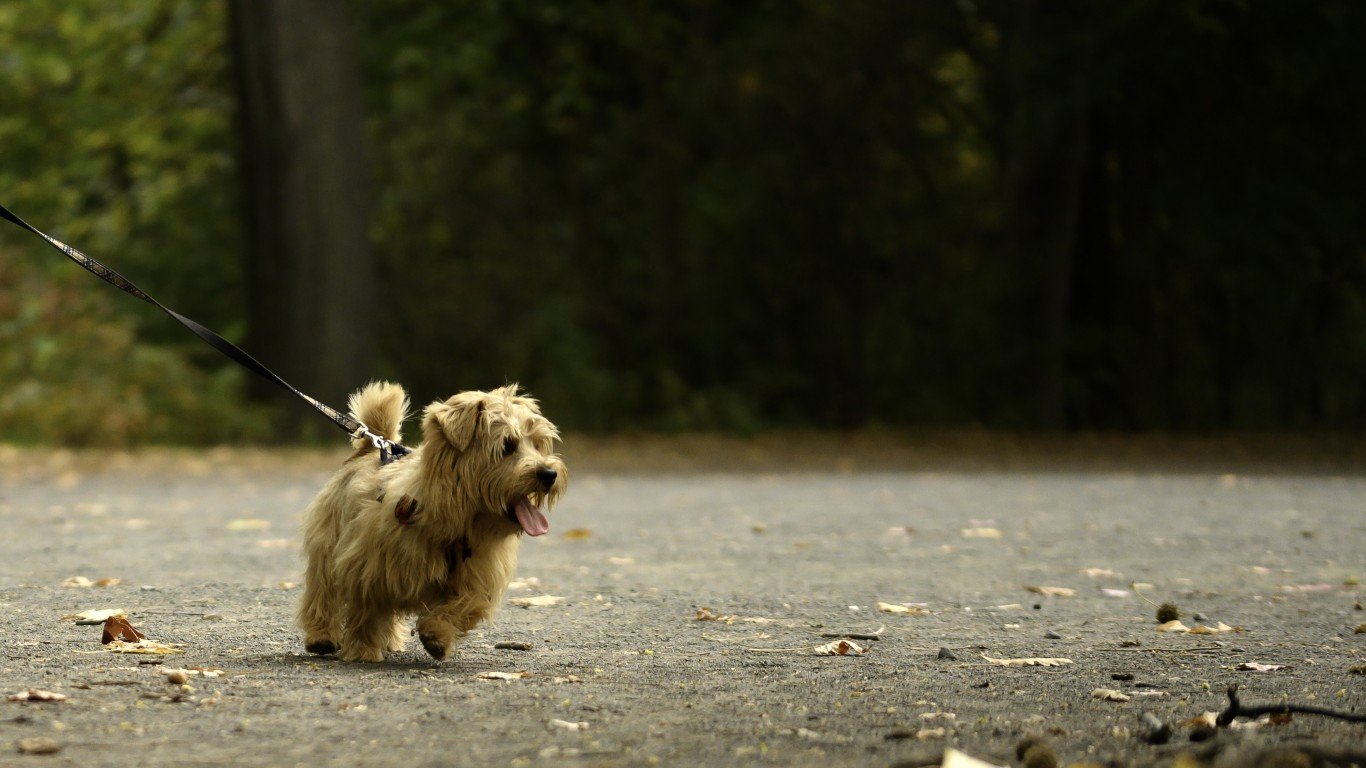
33. Norfolk Terrier
> Positive qualities: Confident, spirited, cheerful
> Negative qualities: Has a mind of its own, “stubborn as a mule”
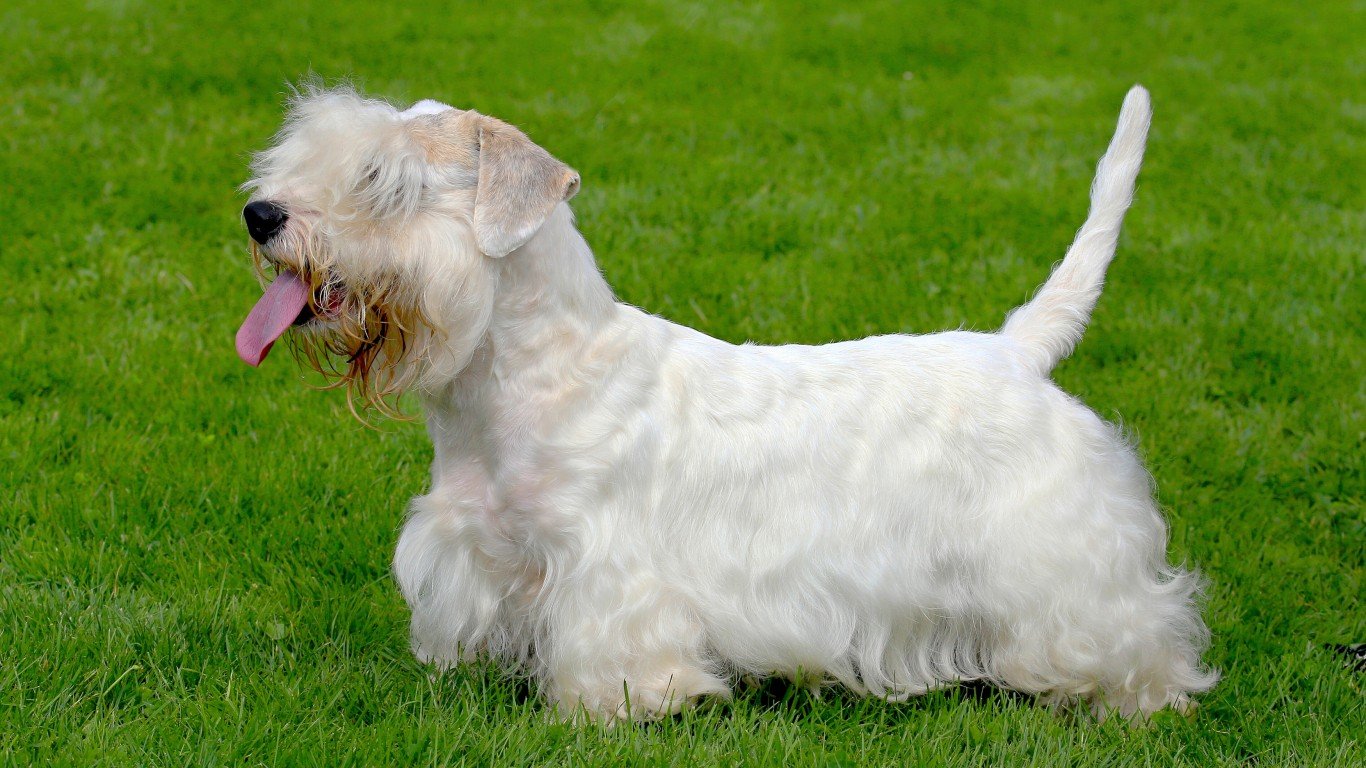
32. Sealyham Terrier
> Positive qualities: Fearless, calm, even-tempered
> Negative quality: Known for aggression around food and toys
[in-text-ad-2]

31. Pug
> Positive qualities: Charming, attentive, outgoing
> Negative qualities: Stubborn, difficult to home-train
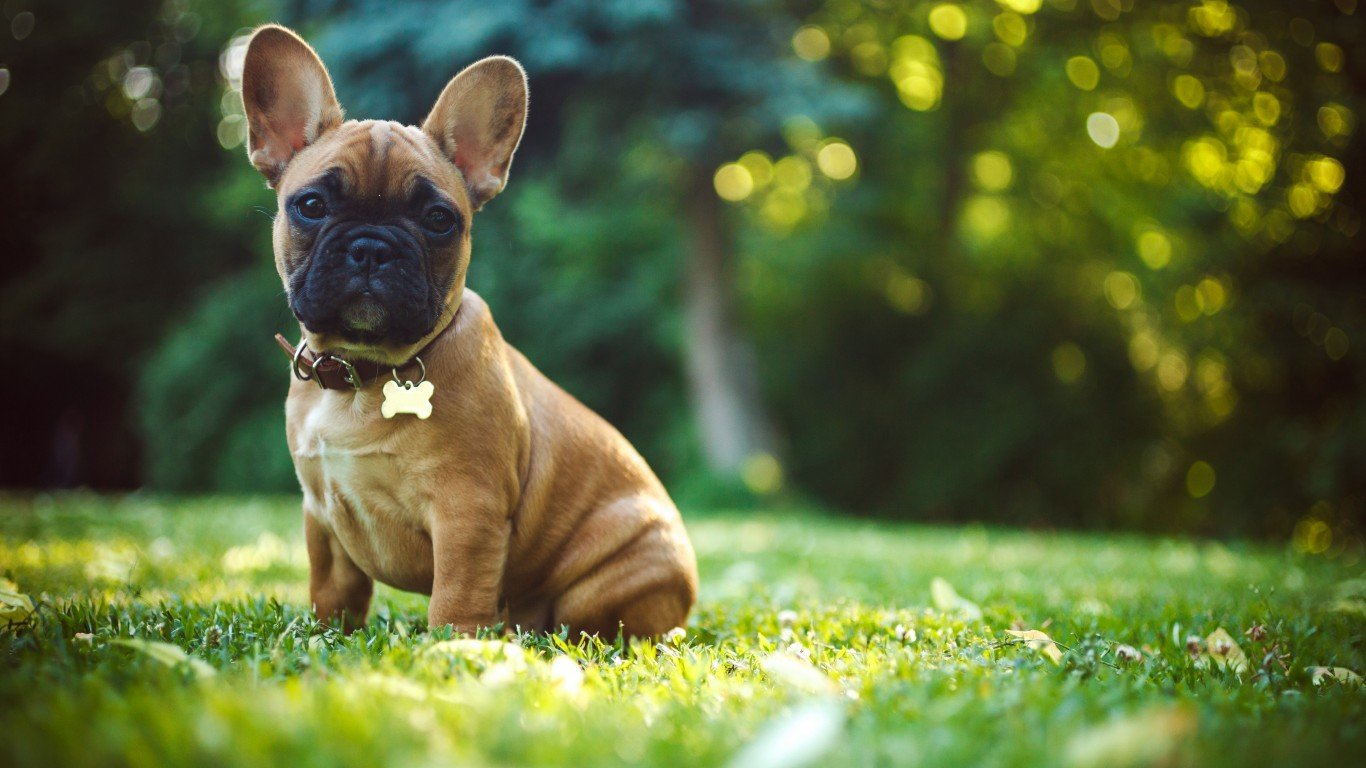
30. French Bulldog
> Positive qualities: Playful, patient, sociable
> Negative qualities: Highly sensitive, a challenge to train
[in-text-ad]
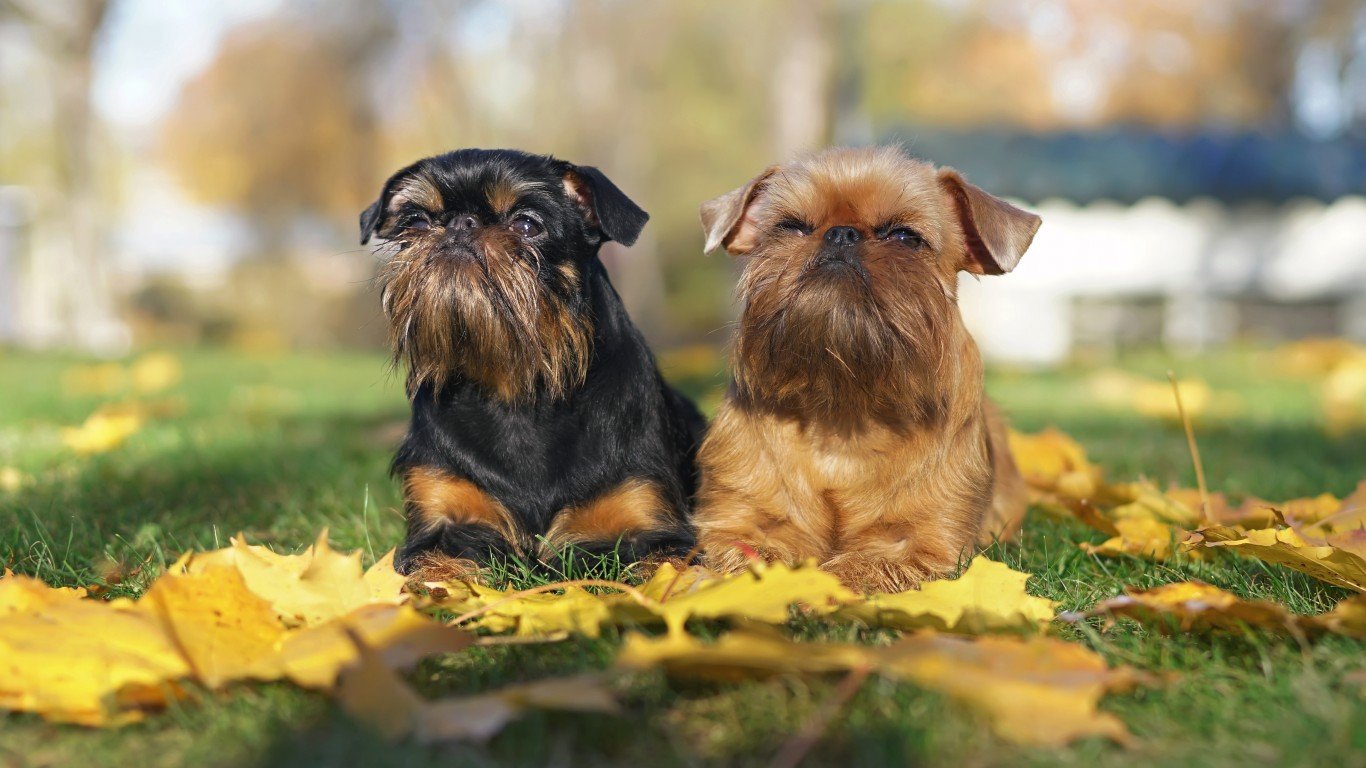
29. Brussels Griffon
> Positive qualities: Dignified, curious, sensitive
> Negative qualities: Short attention span, easily distracted

28. Maltese
> Positive qualities: Lively, gentle, laid-back
> Negative qualities: Stubborn, independent
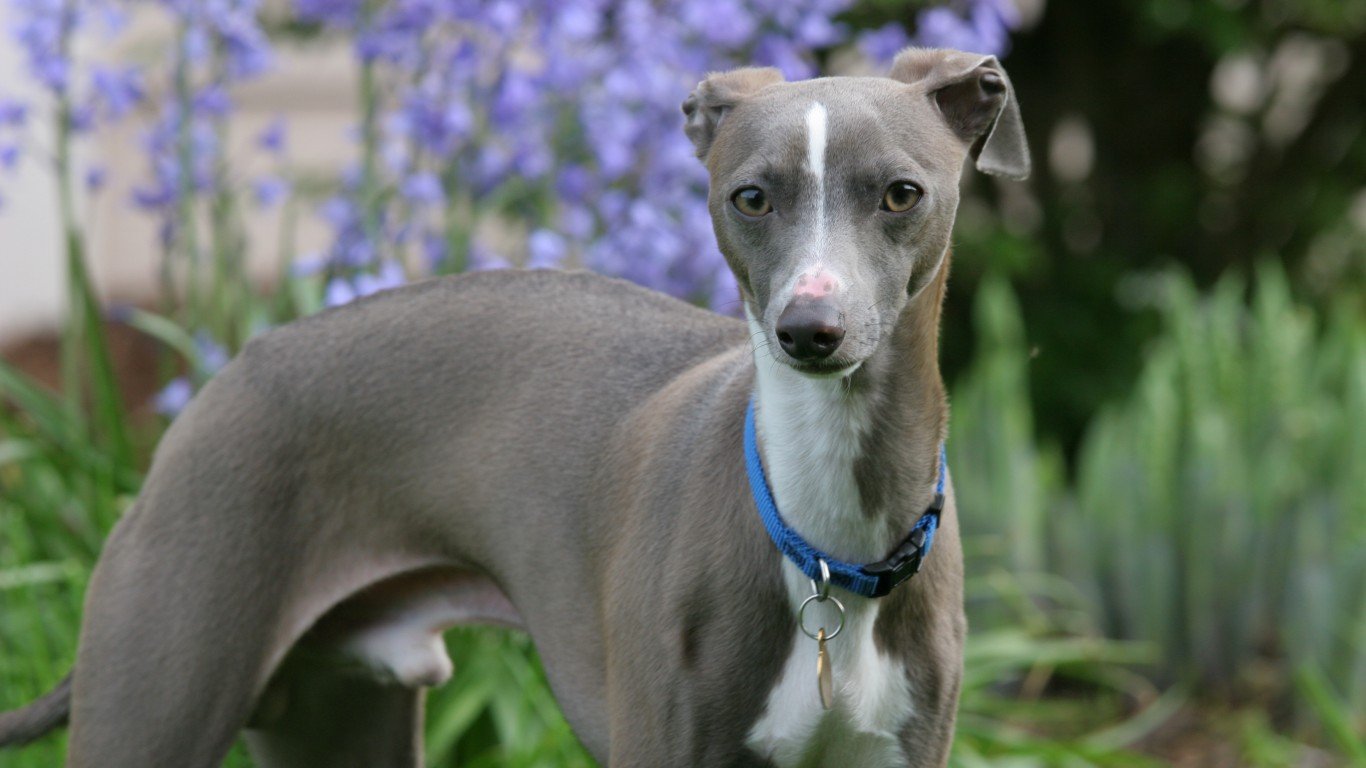
27. Italian Greyhound
> Positive qualities: Mischievous, athletic, affectionate
> Negative qualities: Stubborn, can be difficult to house-train
[in-text-ad-2]

26. Coton de Tulear
> Positive qualities: Lively, intelligent, loving
> Negative qualities: Tends to be loyal to only one family member, standoffish with others

25. Chinese Crested
> Positive qualities: Affectionate, sweet, playful
> Negative qualities: Prone to separation anxiety, accomplished escape artist
[in-text-ad]
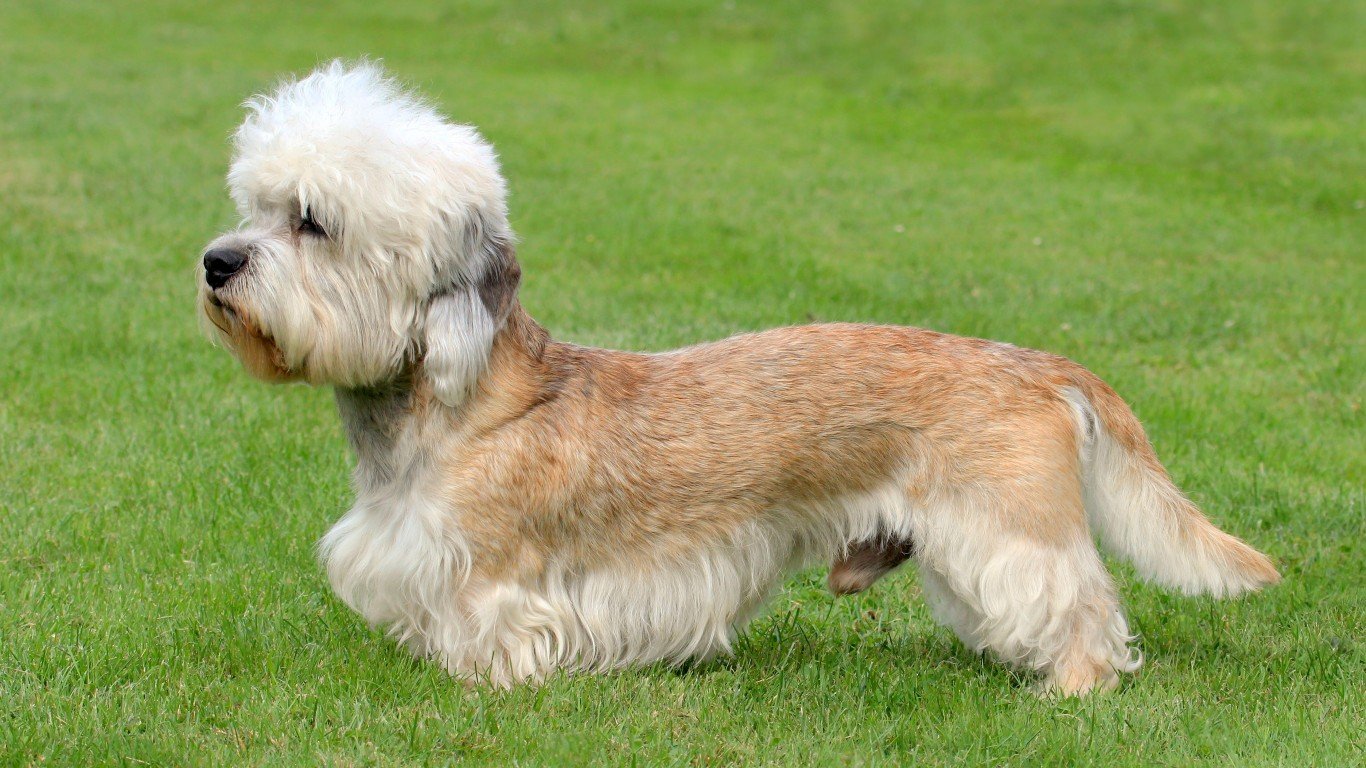
24. Dandie Dinmont Terrier
> Positive qualities: Independent, loving, fun-loving
> Negative qualities: Independent, not interested in obedience training
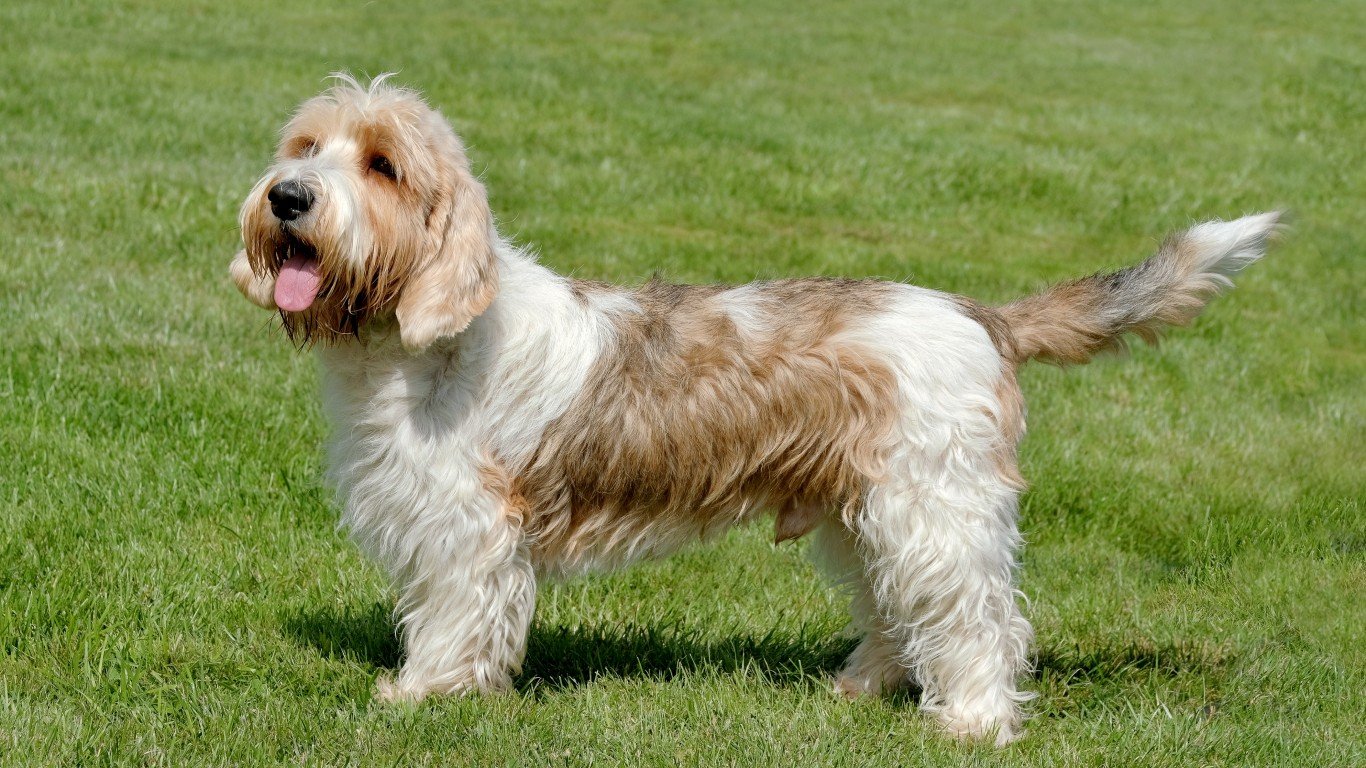
23. Petit Basset Griffon Vendéen
> Positive qualities: Cheerful, independent, friendly
> Negative qualities: Independent, performs poorly on obedience tests
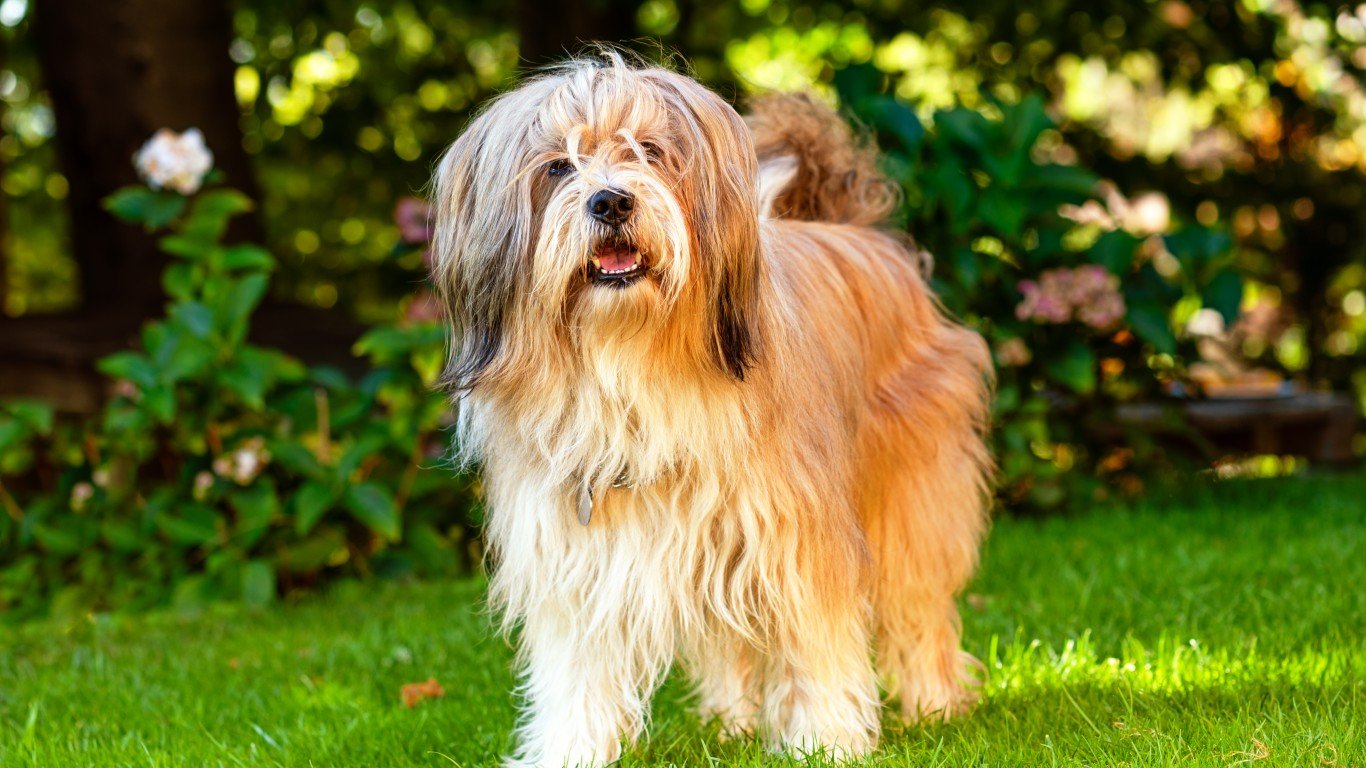
22. Tibetan Terrier
> Positive qualities: Gentle, vigilant, loyal
> Negative qualities: Stubborn, overly sensitive
[in-text-ad-2]
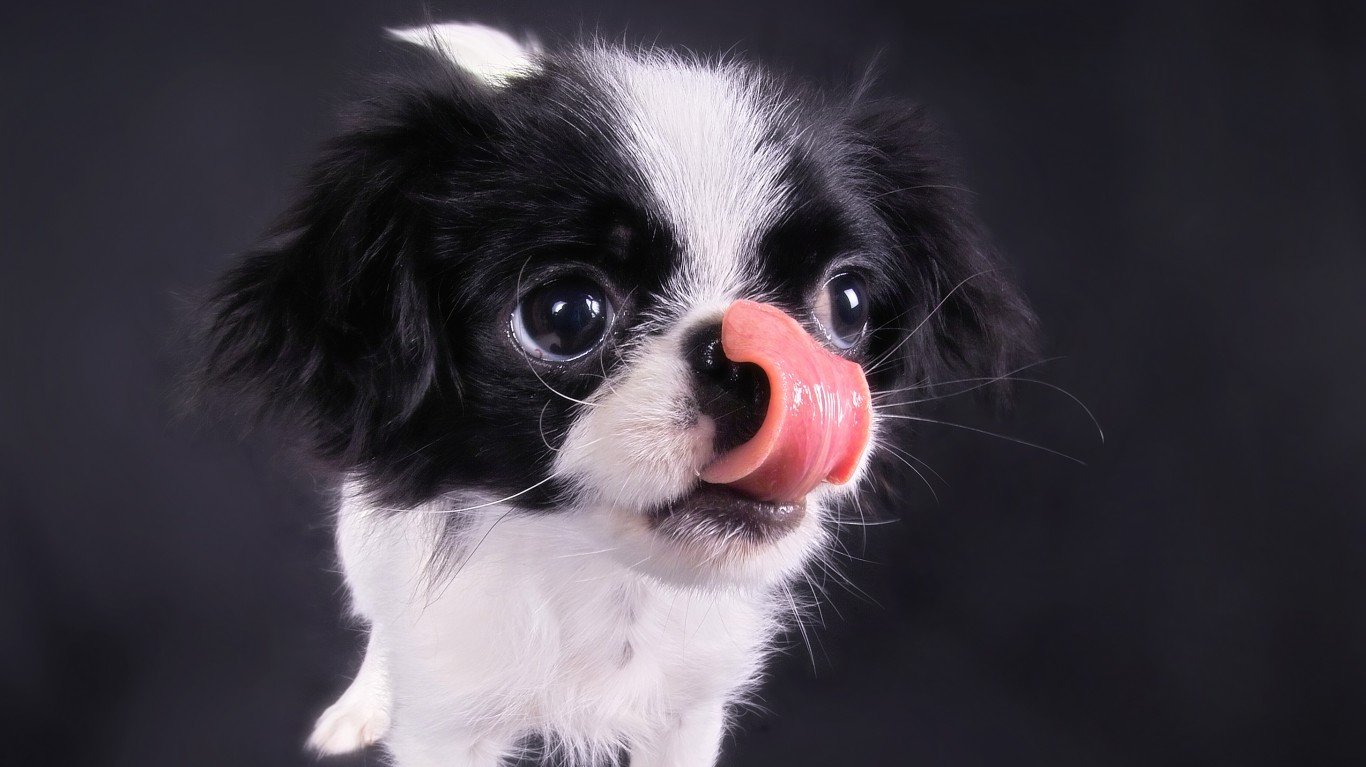
21. Japanese Chin
> Positive qualities: Cheerful, bright, people-loving
> Negative qualities: Sensitive, has stubborn streaks
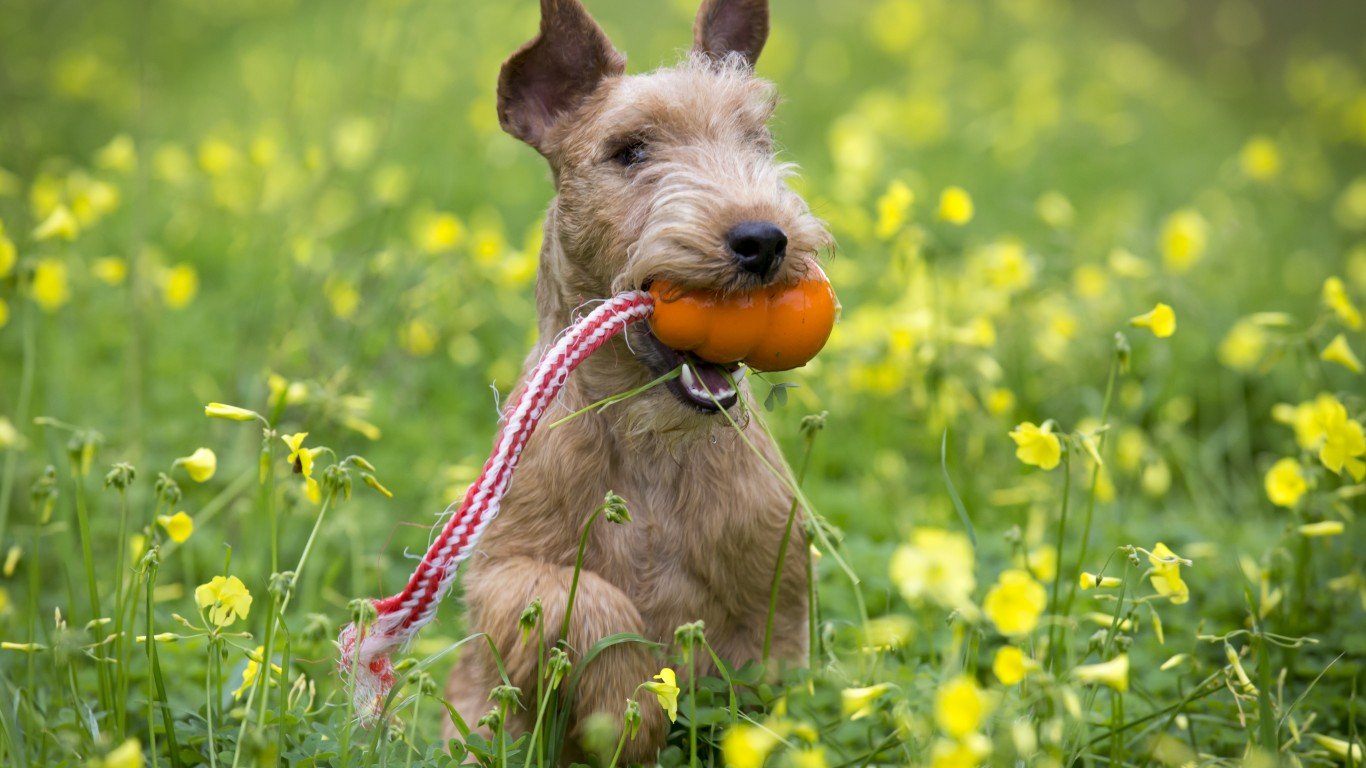
20. Lakeland Terrier
> Positive qualities: Friendly, brave, spirited
> Negative qualities: Mischievous, stubborn
[in-text-ad]
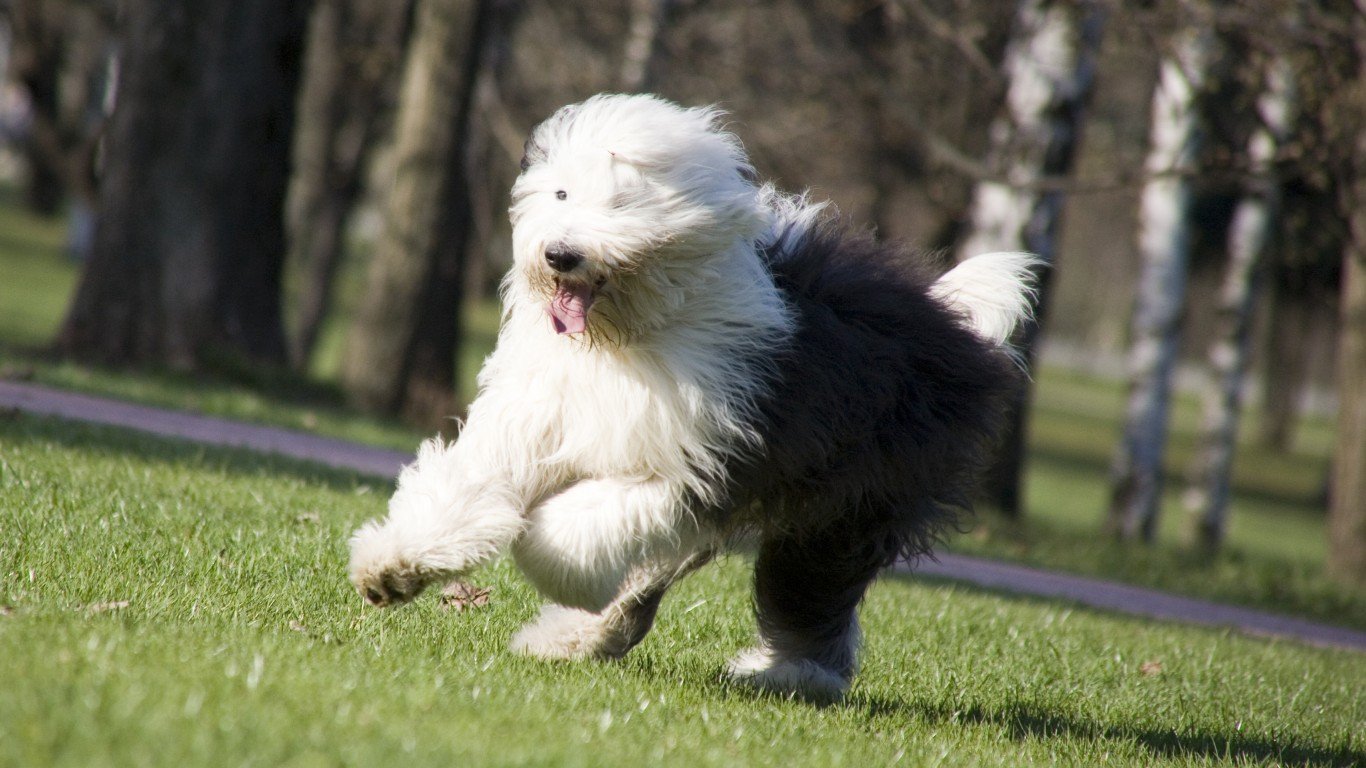
19. Old English Sheepdog
> Positive qualities: Adaptable, docile, calm
> Negative qualities: Stubborn, may try to herd children
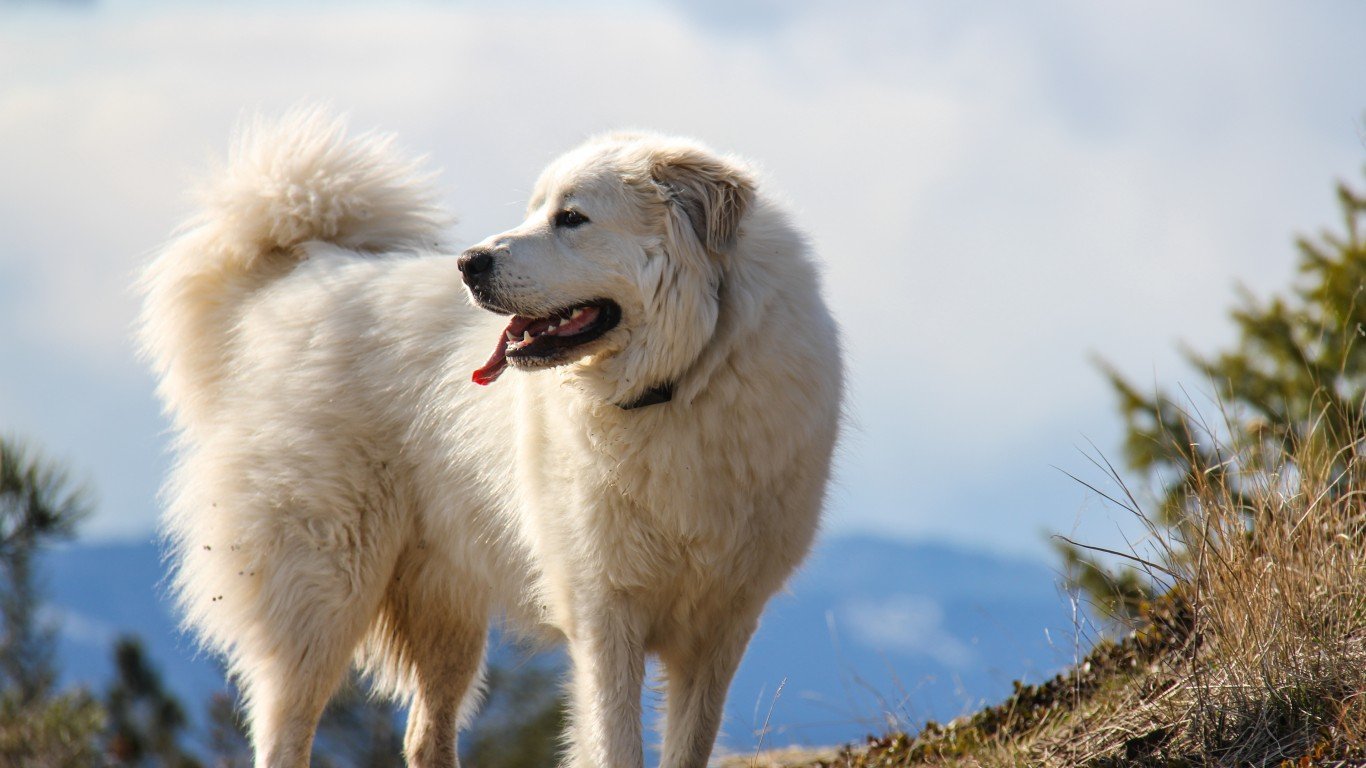
18. Great Pyrenees
> Positive qualities: Patient, docile, sweet-natured
> Negative qualities: Doesn’t score well in obedience tests, should be supervised with children and other dogs
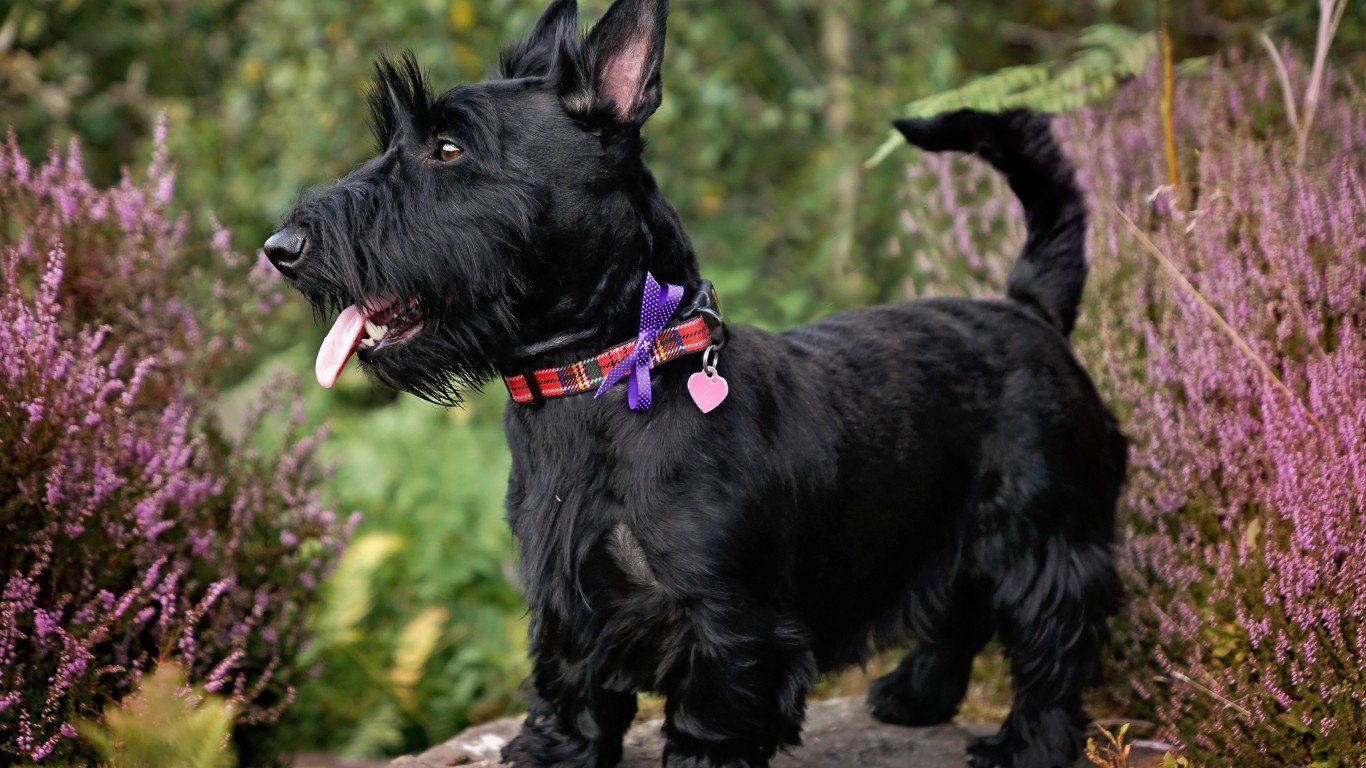
17. Scottish Terrier
> Positive qualities: Confident, bold, independent
> Negative qualities: Independent, may not follow commands
[in-text-ad-2]
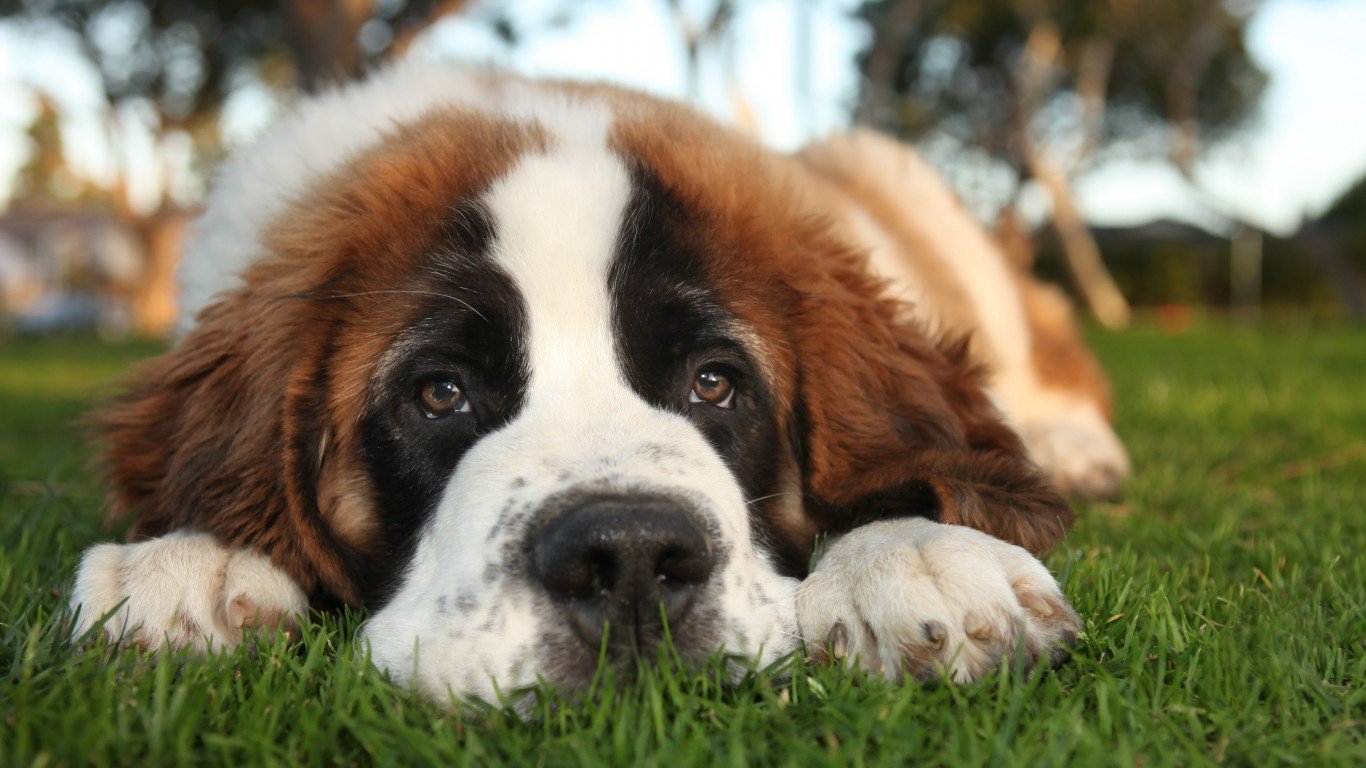
16. Saint Bernard
> Positive qualities: Curious, playful, brave
> Negative qualities: Independent, doesn’t score well in obedience tests

15. Bull Terrier
> Positive qualities: Charming, lively, mischievous
> Negative qualities: Very stubborn, difficult to train
[in-text-ad]
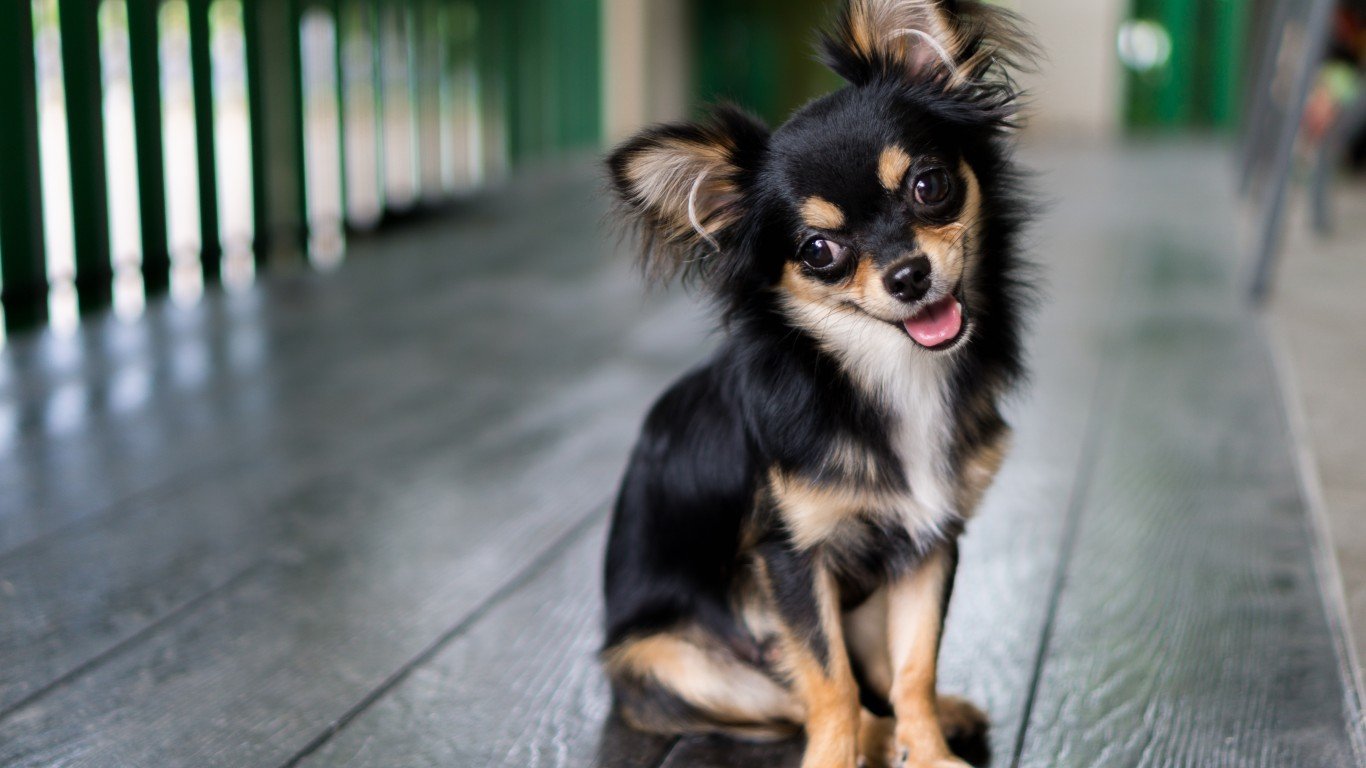
14. Chihuahua
> Positive qualities: Lively, elegant, charming
> Negative qualities: Picks fights with other dogs, barks frequently

13. Lhasa Apso
> Positive qualities: Confident, clownish, playful
> Negative qualities: Overly playful, can be disobedient
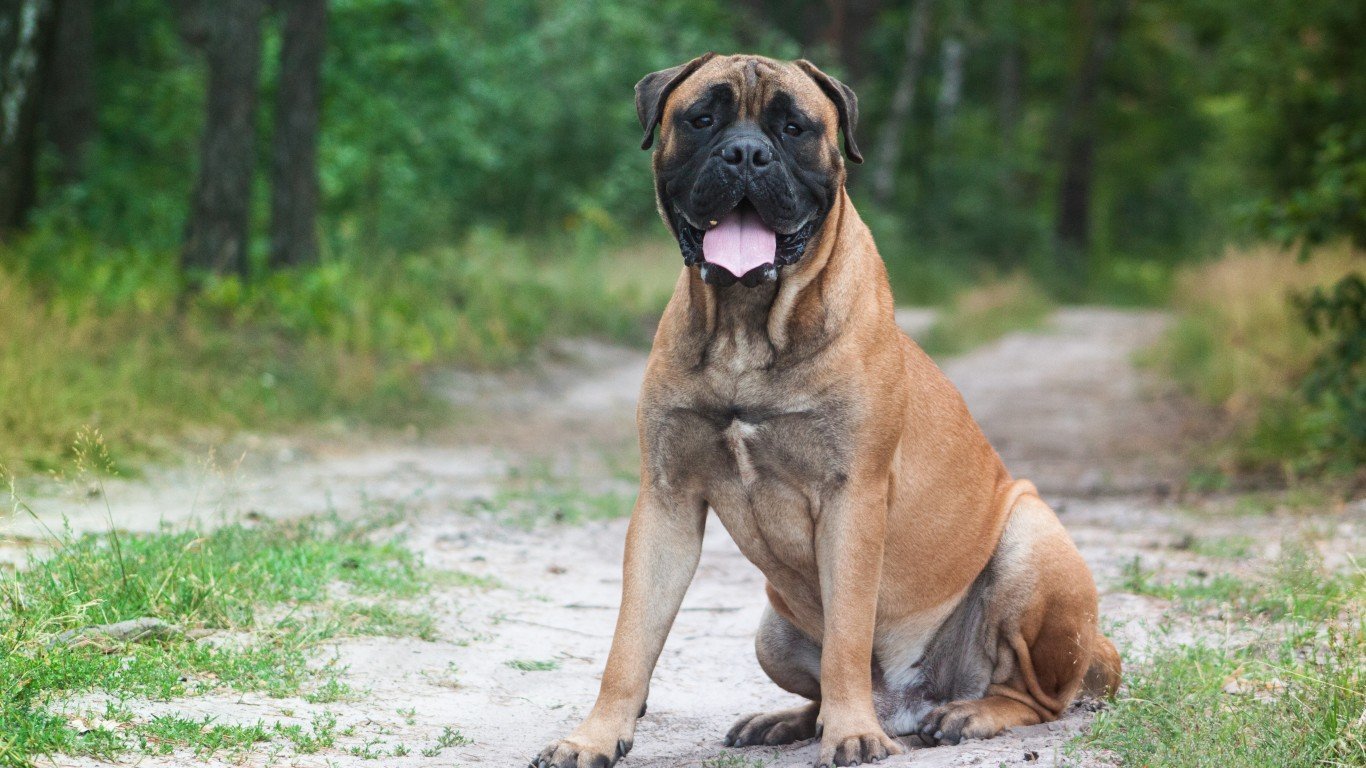
12. Bullmastiff
> Positive qualities: Loving, devoted, courageous
> Negative qualities: Very stubborn, can be aggressive with other dogs
[in-text-ad-2]
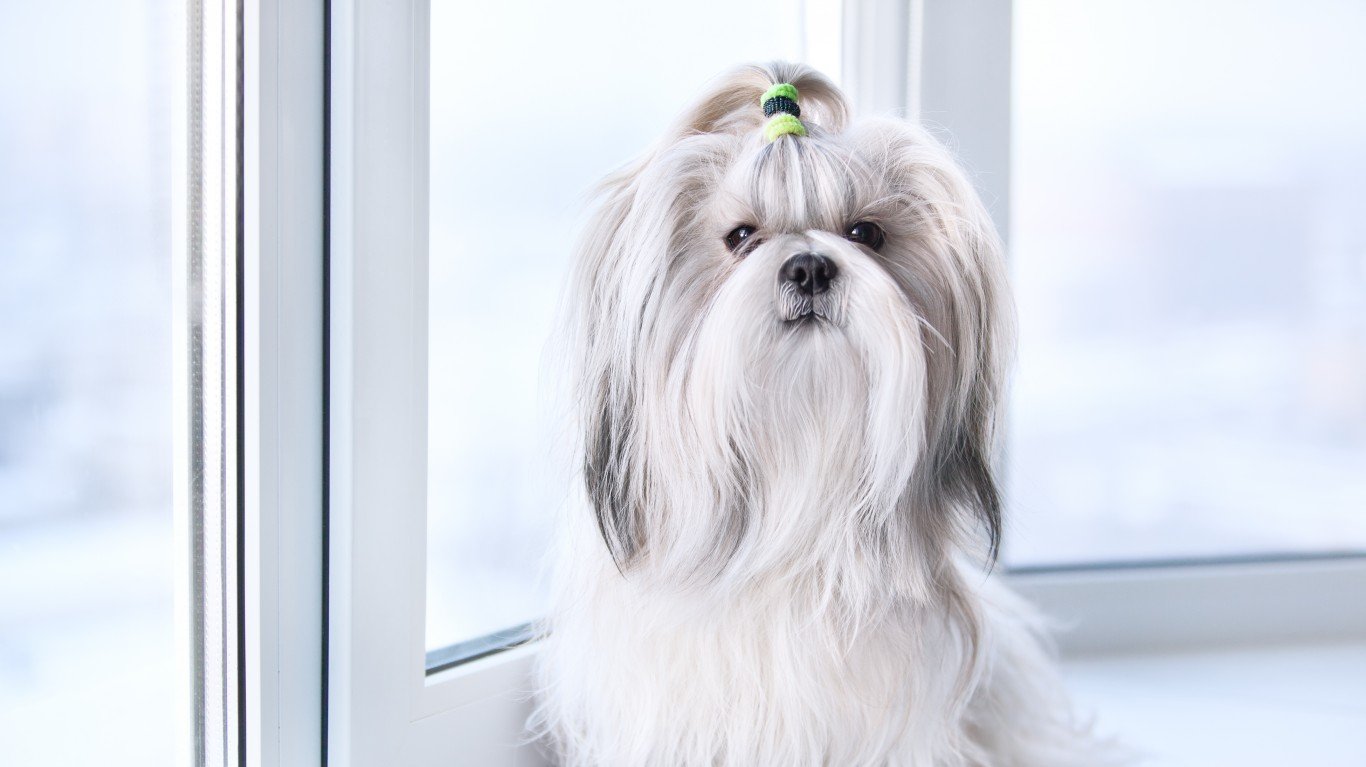
11. Shih Tzu
> Positive qualities: Loving, playful, social
> Negative qualities: Stubborn, mischievous
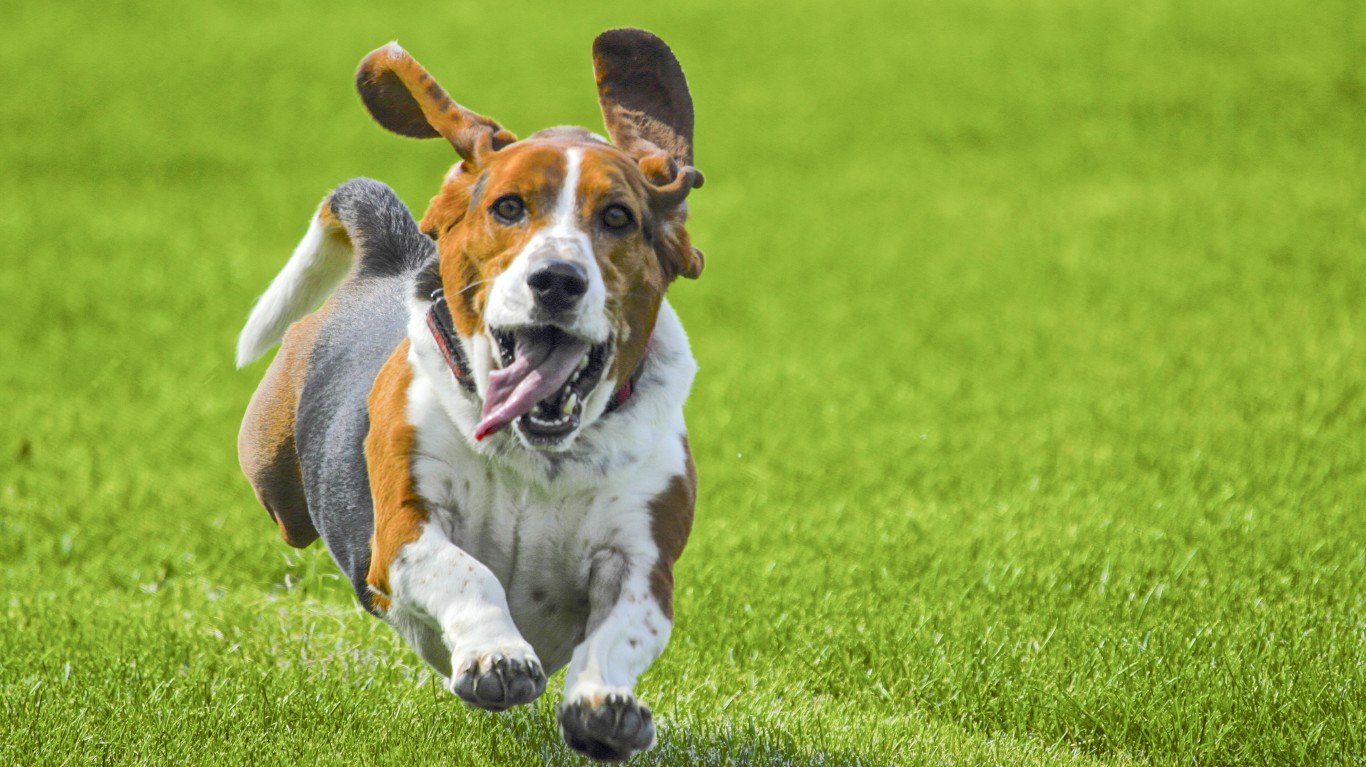
10. Basset Hound
> Positive qualities: Charming, patient, calm
> Negative qualities: Easily distracted, takes a long time to grasp basic commands
[in-text-ad]
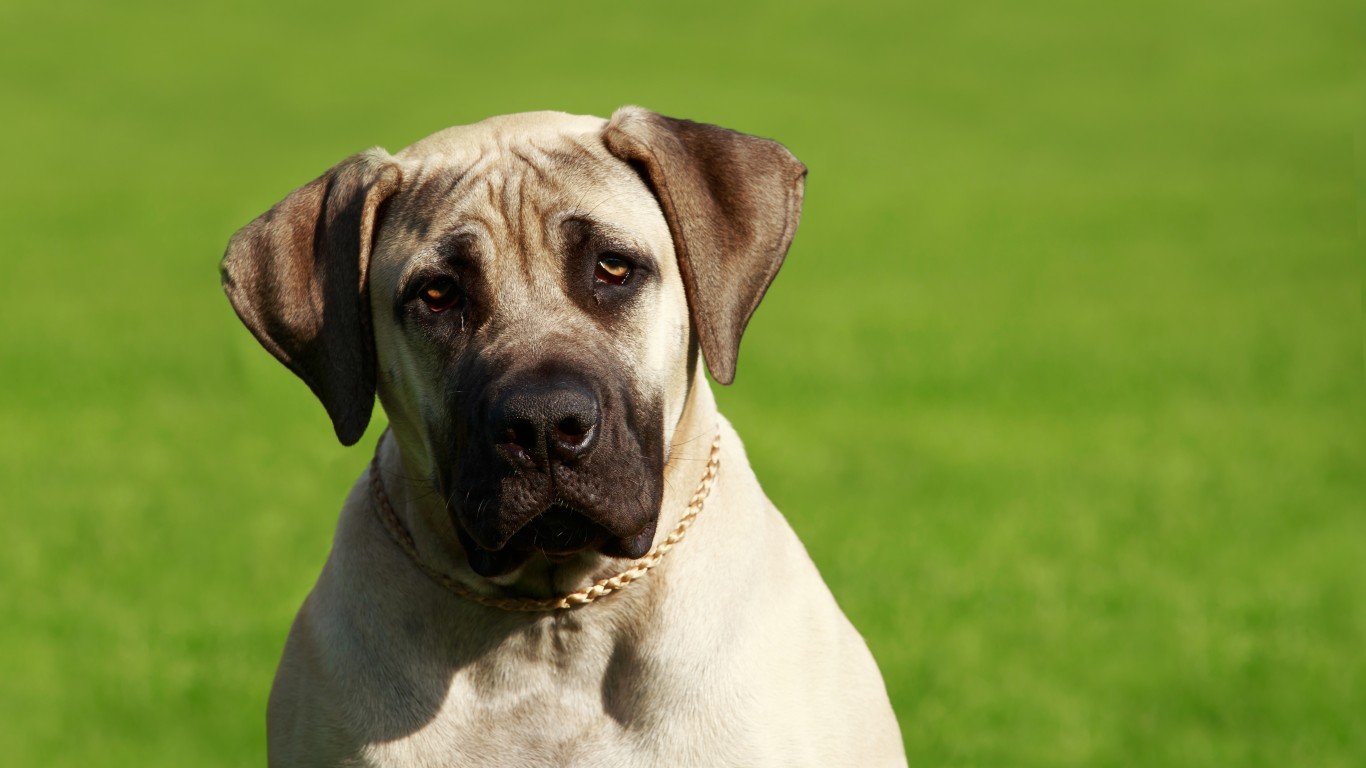
9. English Mastiff
> Positive qualities: Brave, proud, sweet-natured
> Negative qualities: Short attention span, obeys only those it respects
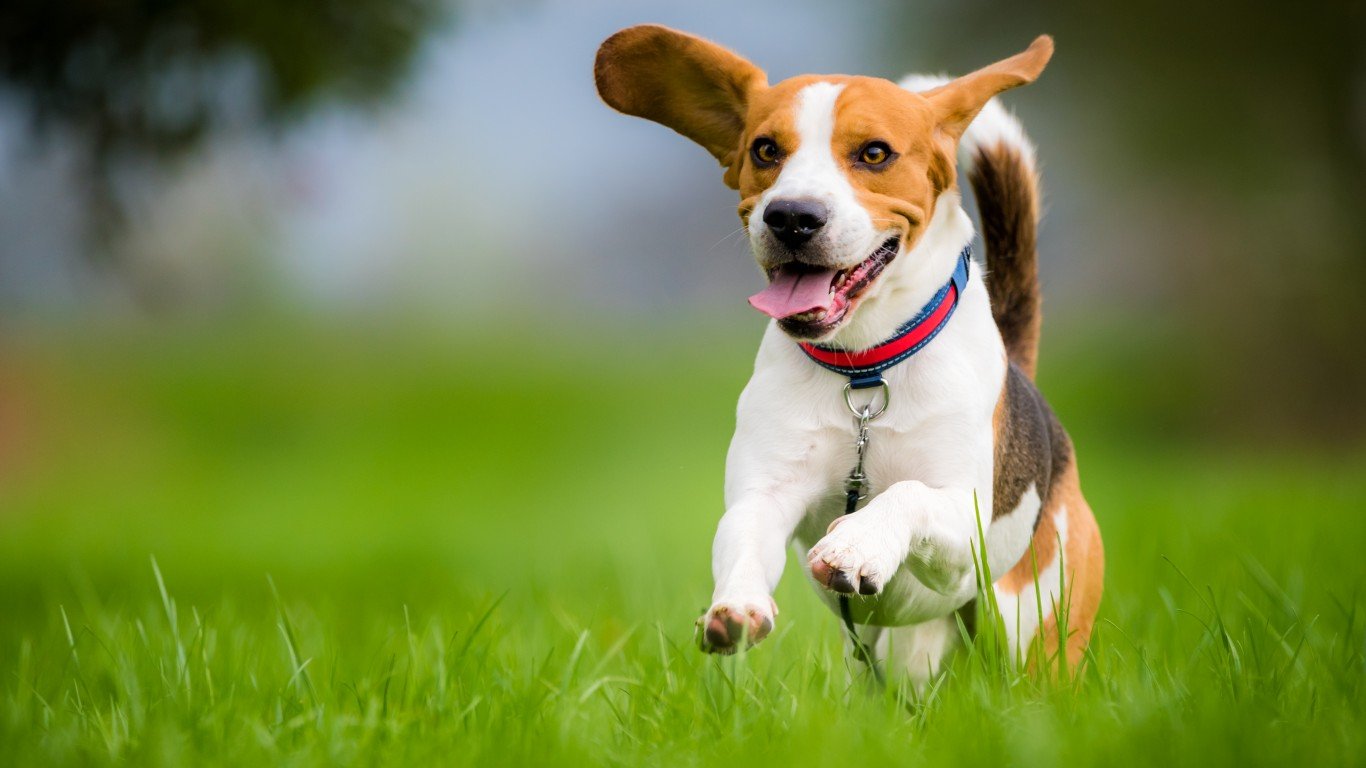
8. Beagle
> Positive qualities: Curious, affectionate, happy
> Negative qualities: Chases other animals, sometimes described as “hard-headed” or “empty-headed”
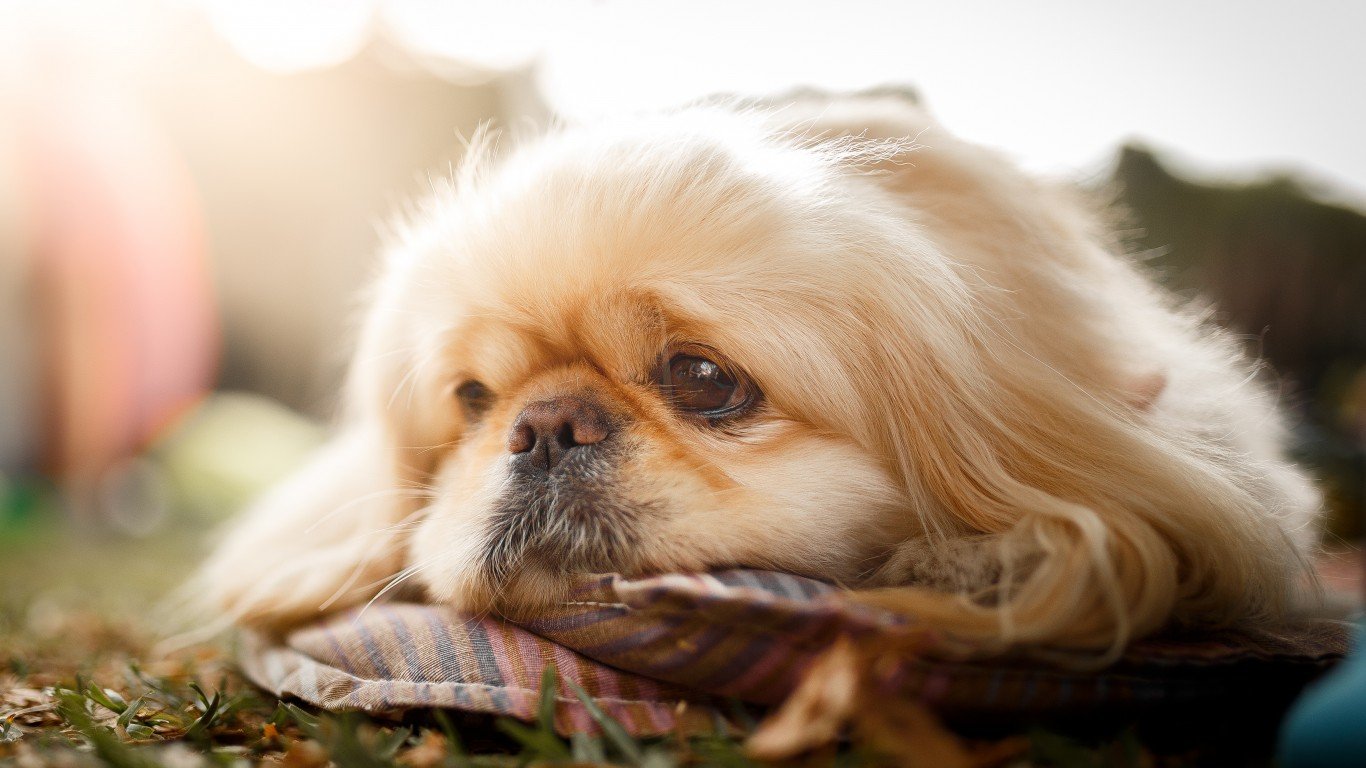
7. Pekingese
> Positive qualities: Regal, affectionate, loyal
> Negative qualities: Stubborn, can be hostile towards children and other animals
[in-text-ad-2]
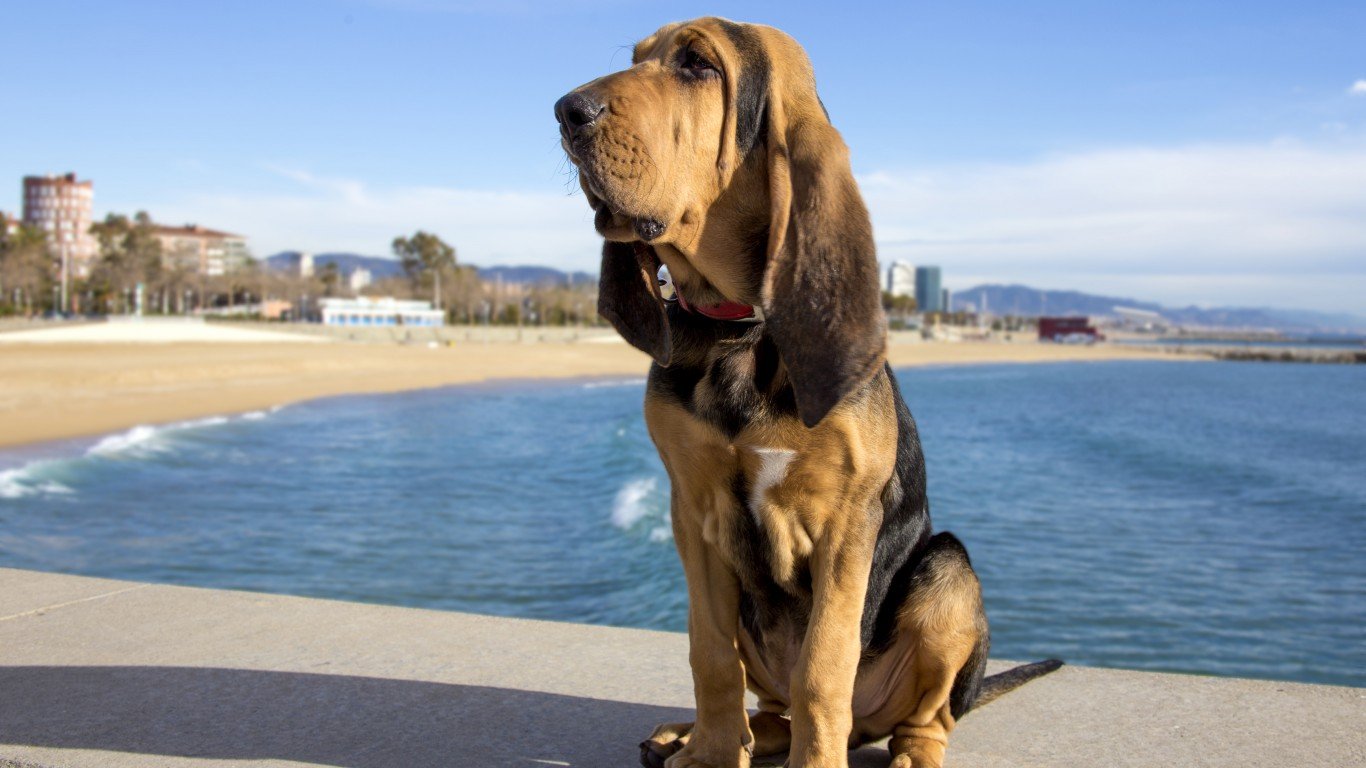
6. Bloodhound
> Positive qualities: Gentle, inquisitive, independent
> Negative qualities: Independent, easily distracted
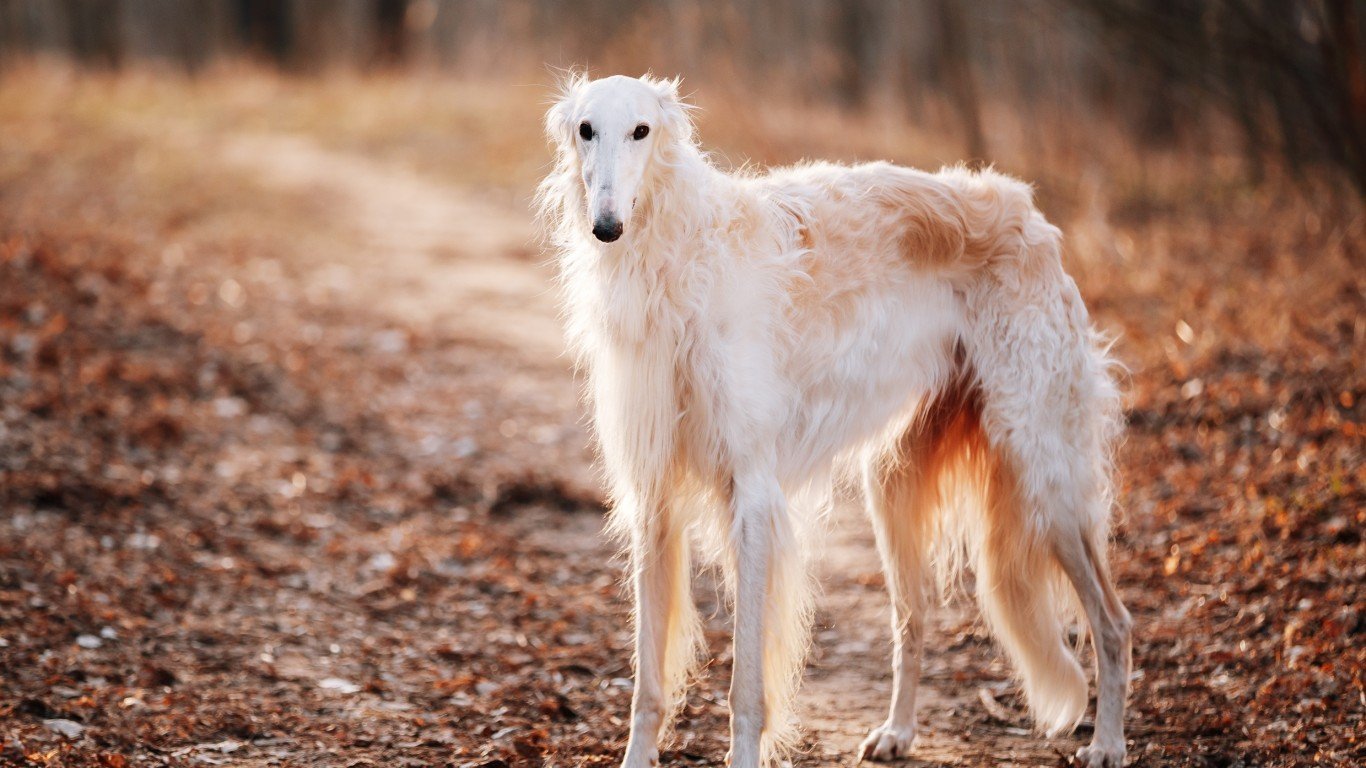
5. Borzoi
> Positive qualities: Friendly, proud, devoted
> Negative qualities: Stubborn, sometimes said to resemble cats in behavior
[in-text-ad]
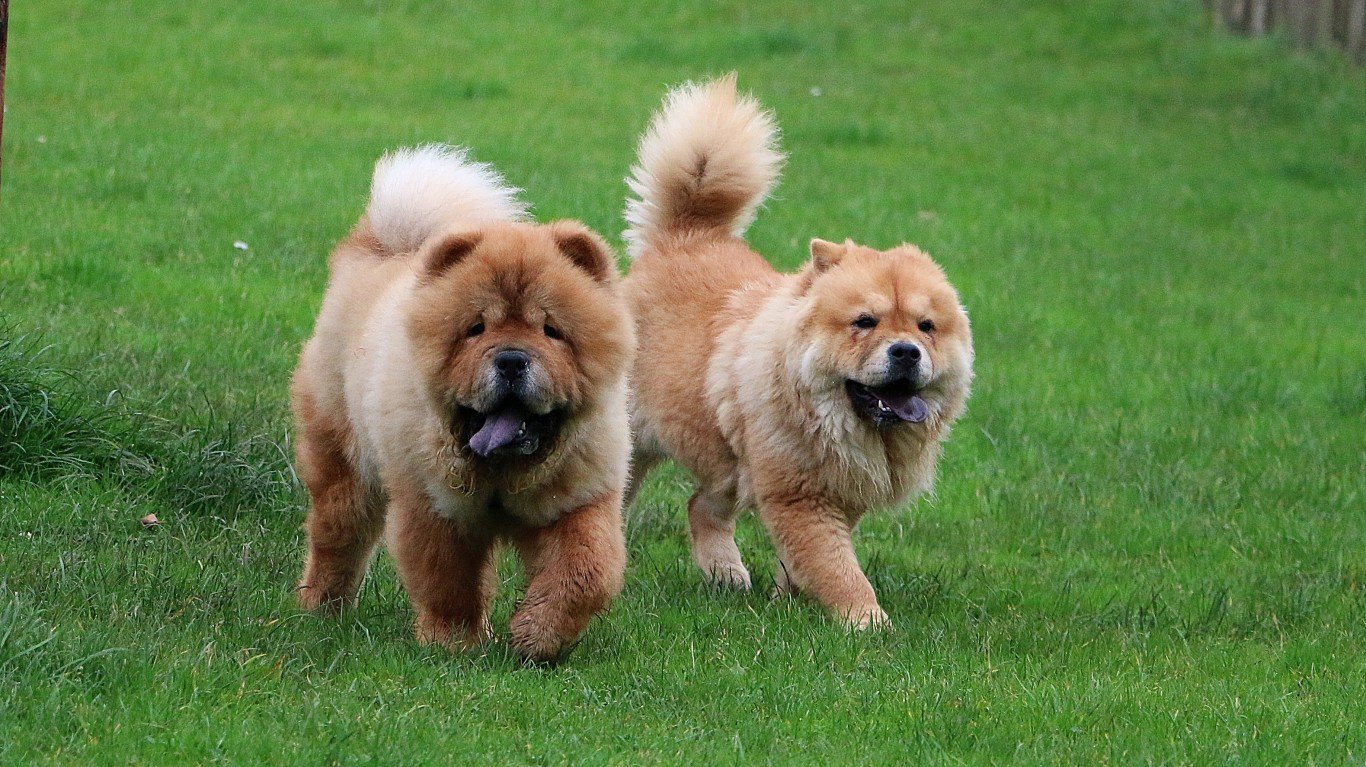
4. Chow Chow
> Positive qualities: Dignified, bright, independent
> Negative qualities: Independent, aloof
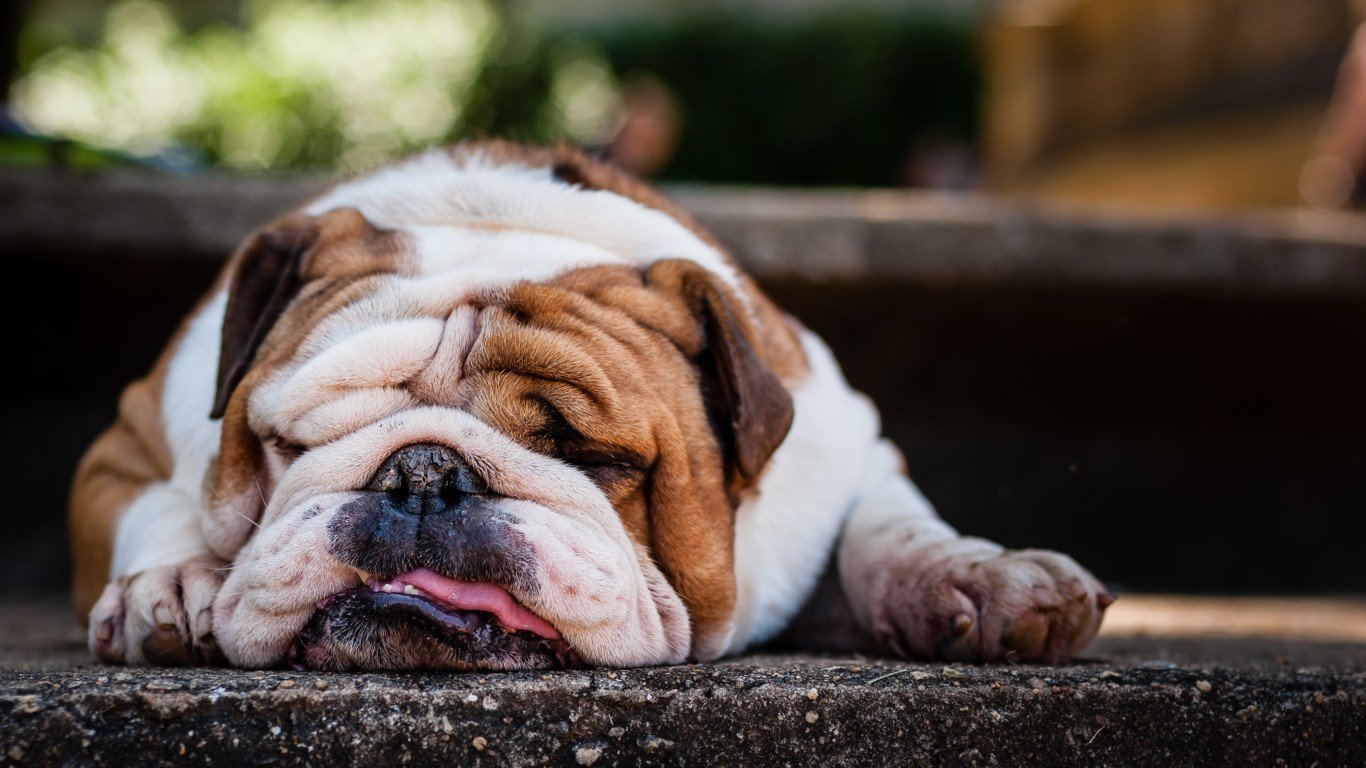
3. Bulldog
> Positive qualities: Loving, brave, docile
> Negative qualities: Reluctant to grasp commands, should be supervised with children and other dogs
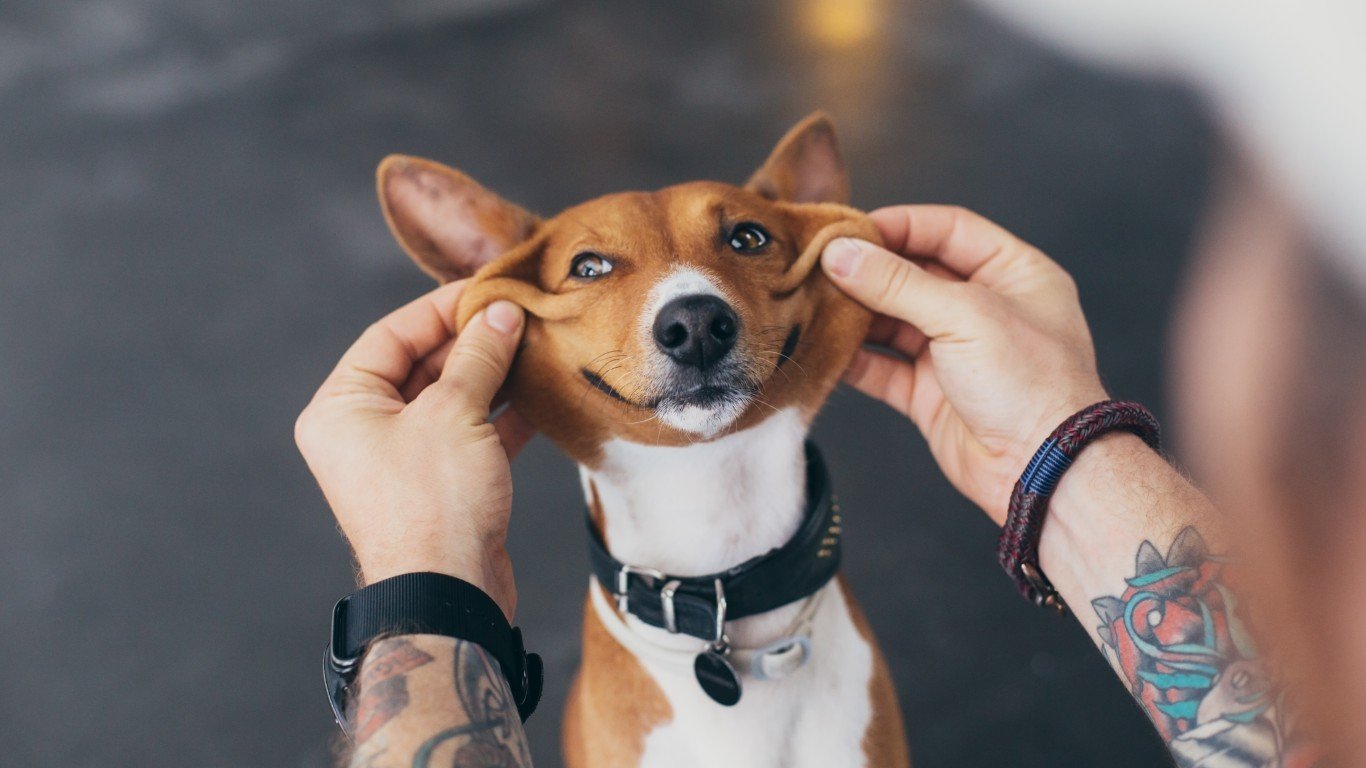
2. Basenji
> Positive qualities: Independent, poised, quiet
> Negative qualities: Said to resemble cats in behavior (like the Borzoi), dislikes strangers
[in-text-ad-2]
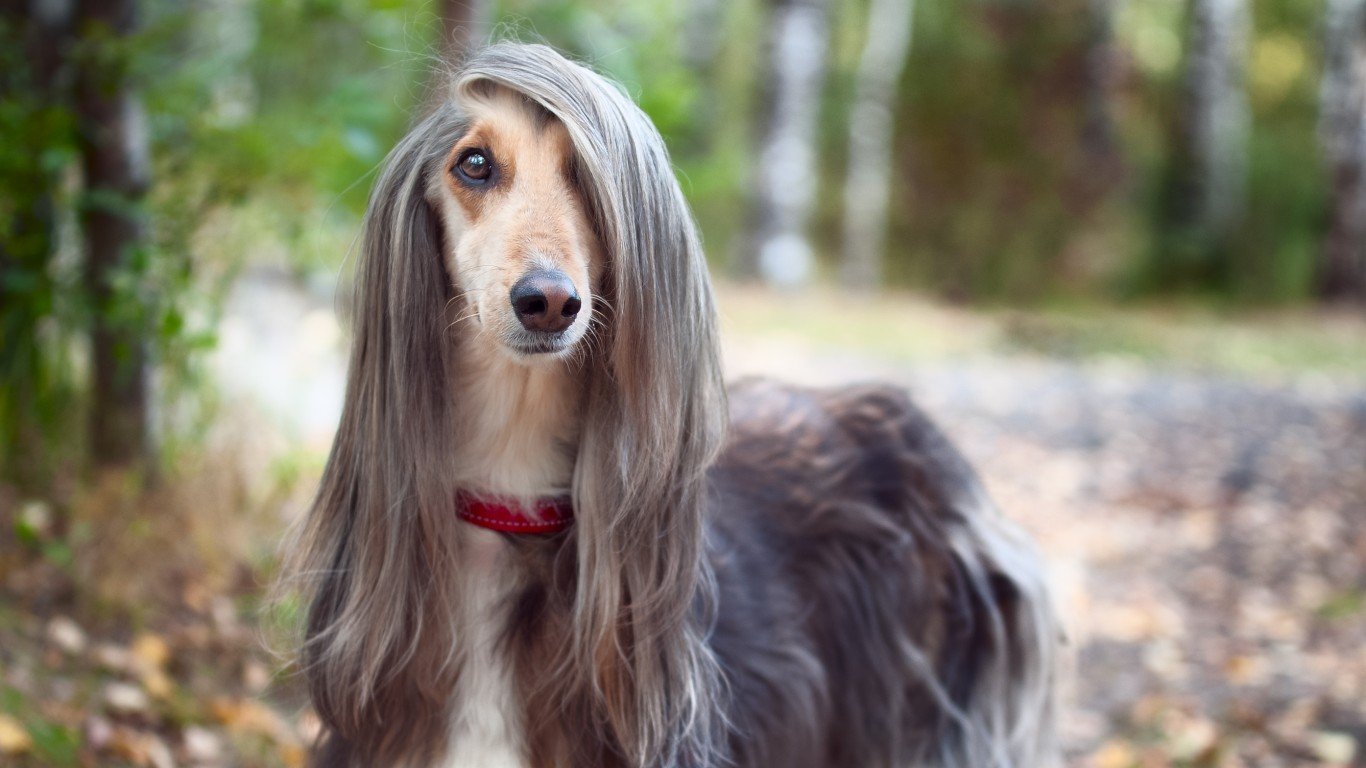
1. Afghan Hound
> Positive qualities: Independent, gentle, regal
> Negative qualities: Aloof, sometimes described as “air-headed”
Essential Tips for Investing: Sponsored
A financial advisor can help you understand the advantages and disadvantages of investment properties. Finding a qualified financial advisor doesn’t have to be hard. SmartAsset’s free tool matches you with up to three financial advisors who serve your area, and you can interview your advisor matches at no cost to decide which one is right for you. If you’re ready to find an advisor who can help you achieve your financial goals, get started now.
Investing in real estate can diversify your portfolio. But expanding your horizons may add additional costs. If you’re an investor looking to minimize expenses, consider checking out online brokerages. They often offer low investment fees, helping you maximize your profit.
Thank you for reading! Have some feedback for us?
Contact the 24/7 Wall St. editorial team.
 24/7 Wall St.
24/7 Wall St.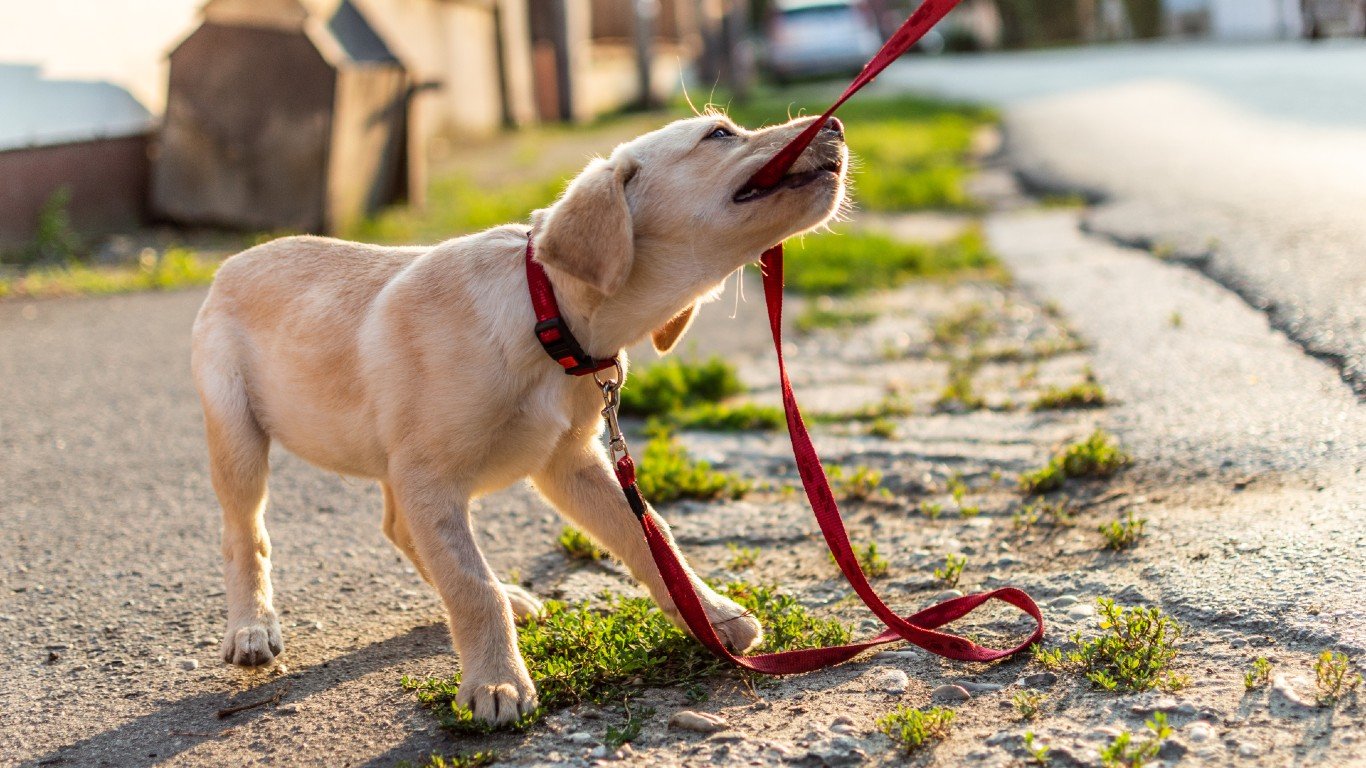 24/7 Wall St.
24/7 Wall St.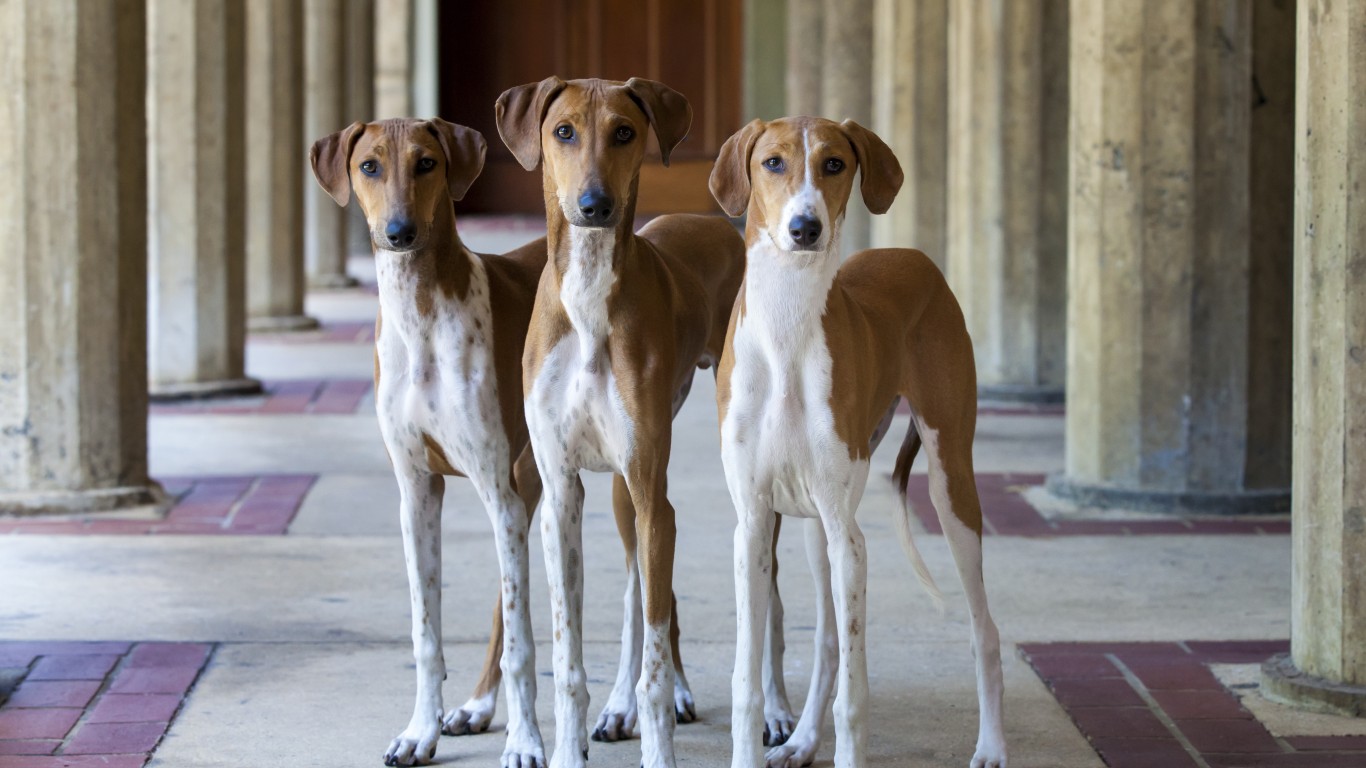 24/7 Wall St.
24/7 Wall St.